
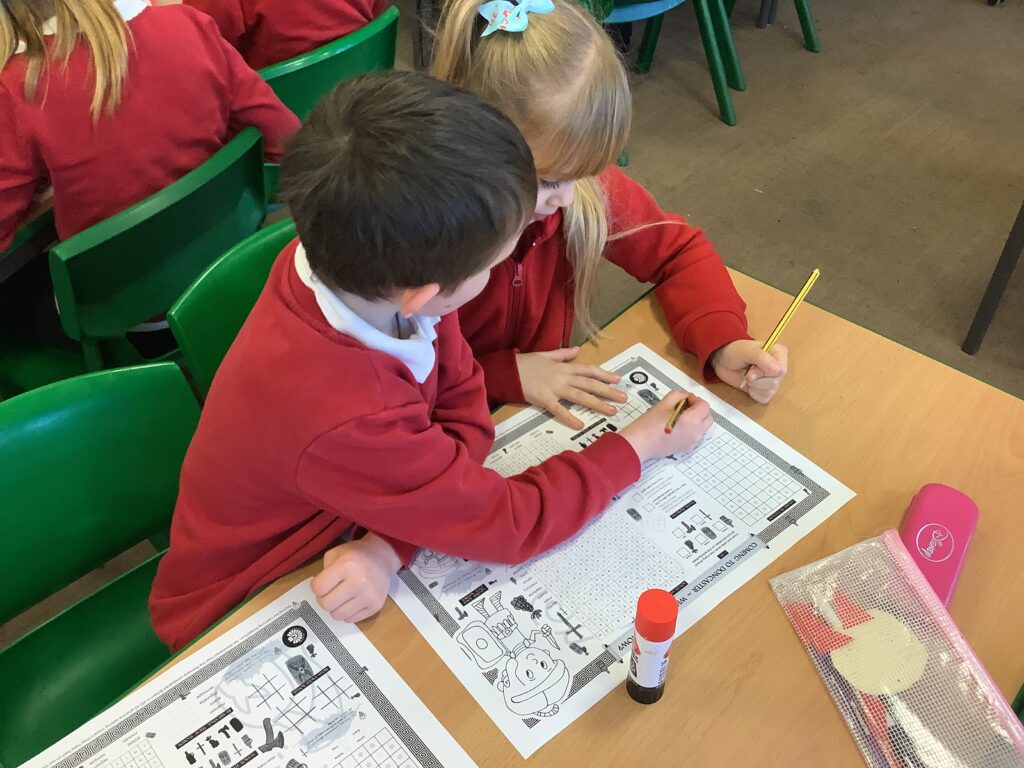

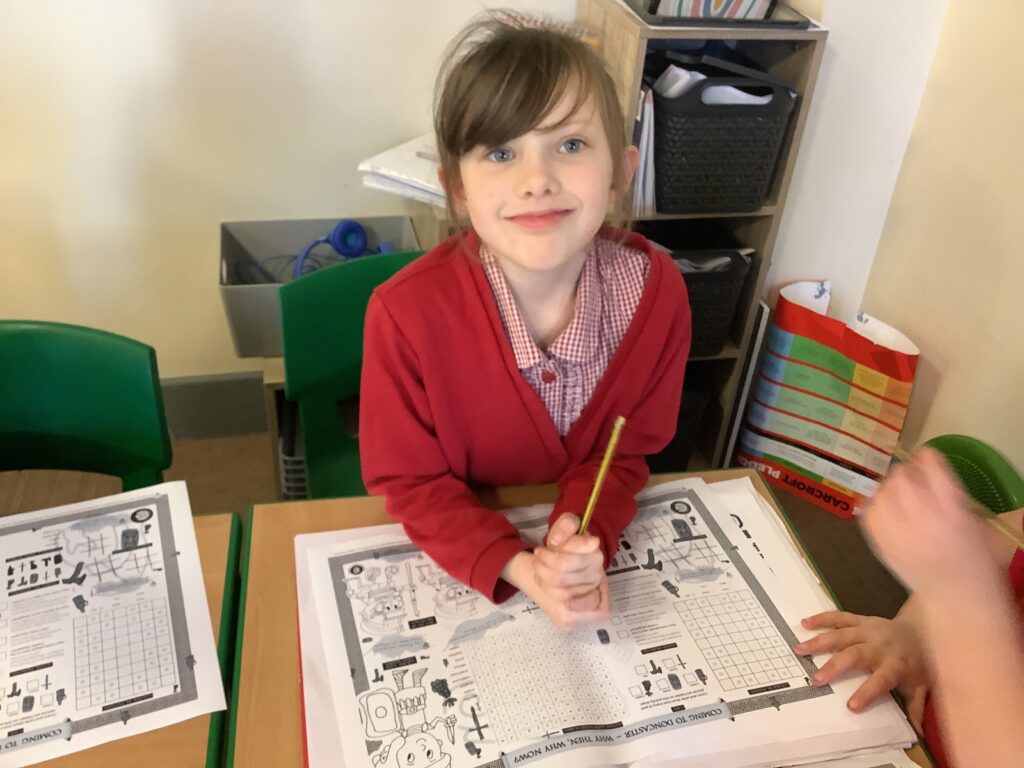
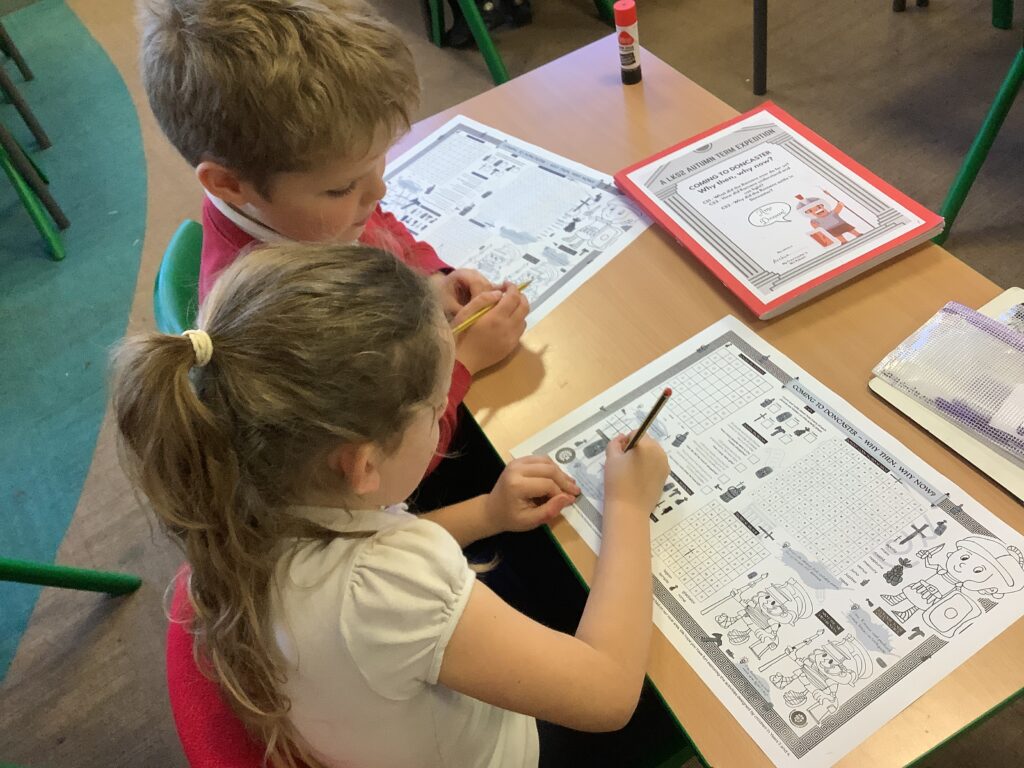

Crew Robson have enjoyed testing out their final product this afternoon before we share it with Murton Park.
History






Crew Robson have enjoyed testing out their final product this afternoon before we share it with Murton Park.
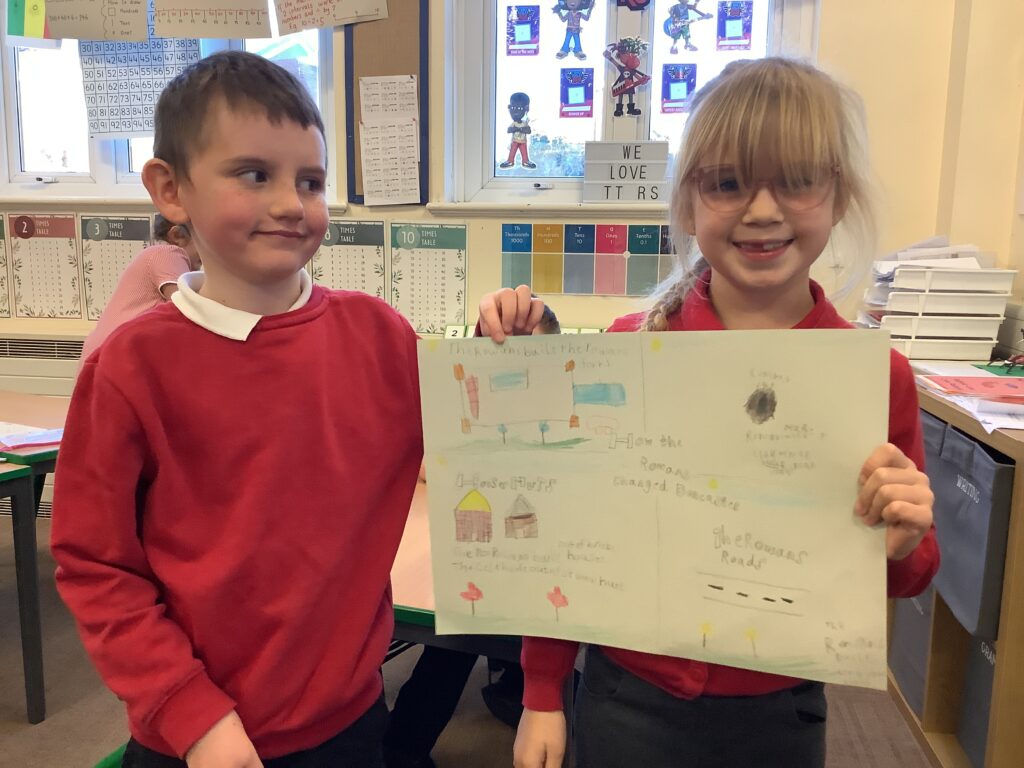
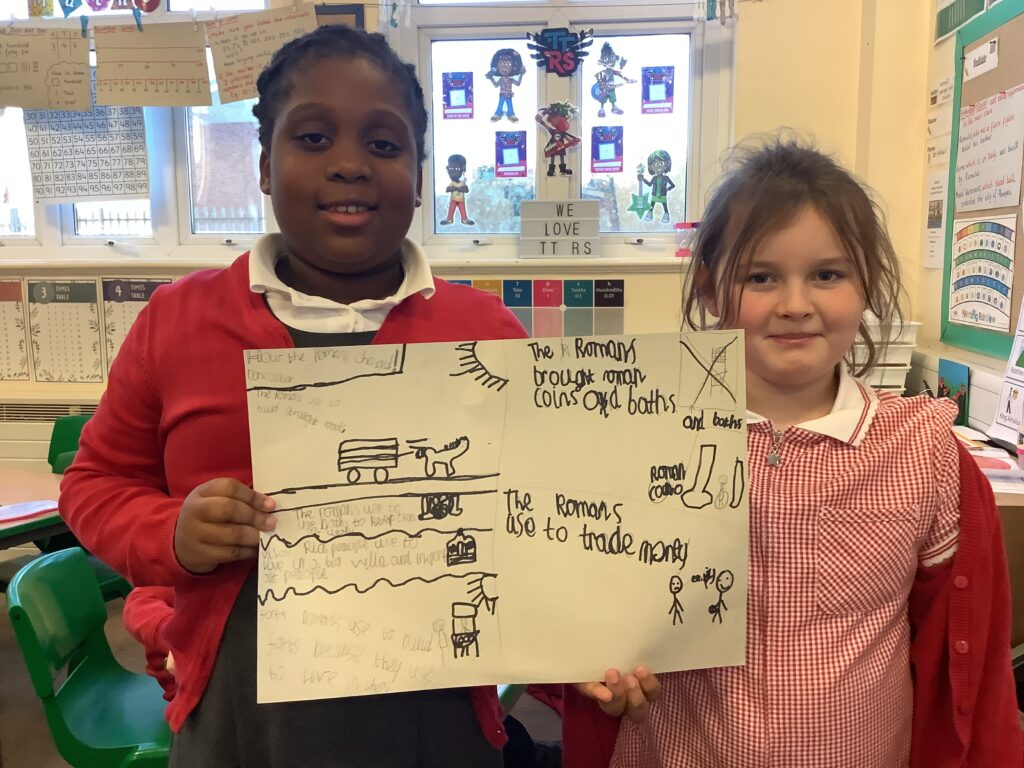
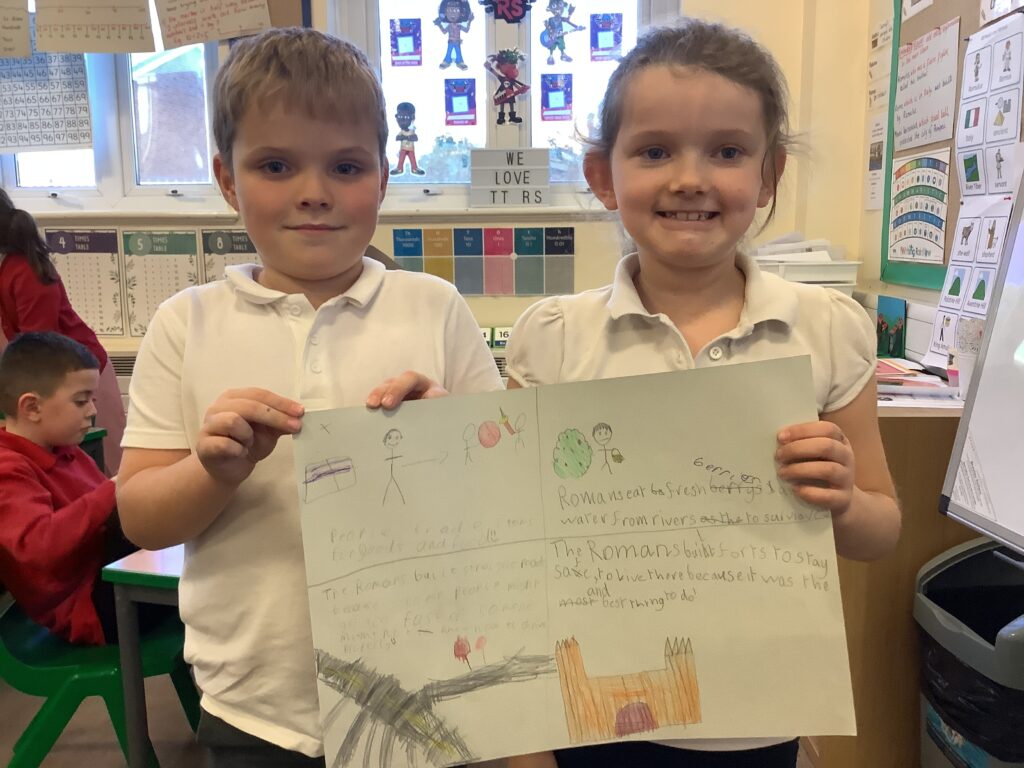
Year 3 have been investigating changes made to Doncaster by the Romans. We learnt that there was a Roman fort in Doncaster and there is even the remains that can still be seen today. We also learnt that the River played an important part in why the Romans chose to settle in Doncaster.
Today, Crew Godley took time to reflect and remember those who have served and sacrificed in times of conflict. Through thoughtful discussions, art, and a special remembrance activity, the children explored the importance of respect, gratitude, and community. Our crew showed great empathy and understanding as they considered the significance of Remembrance Day, ensuring that the bravery and dedication of others are honoured and never forgotten.


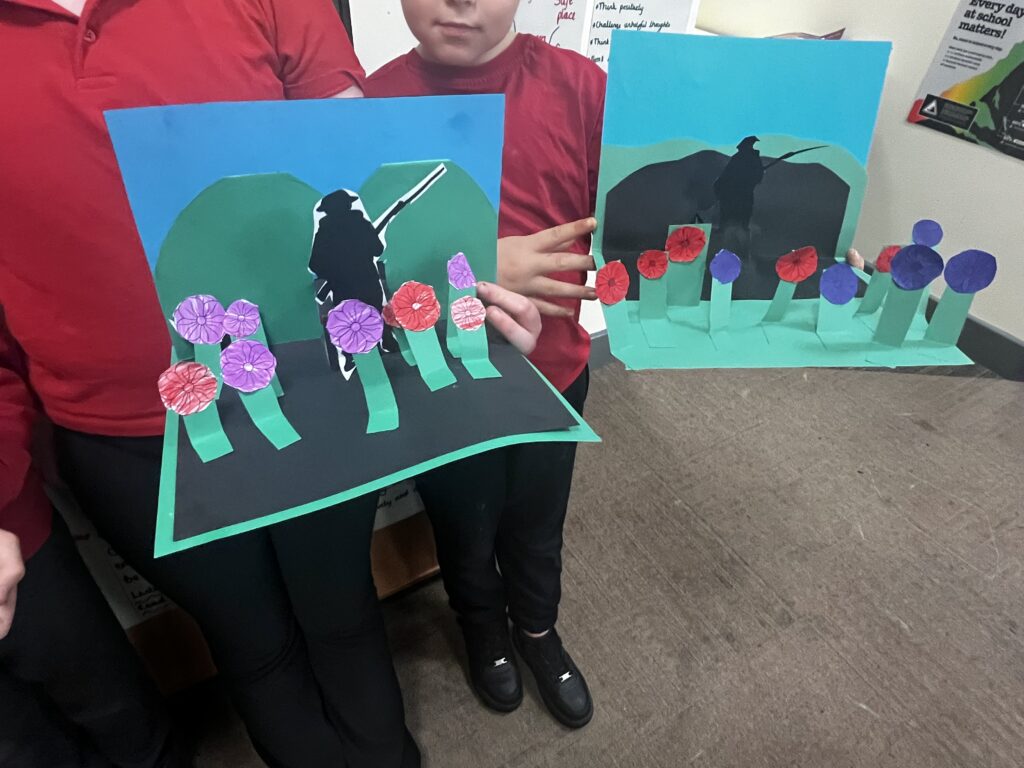
Crew Ramsay and Crew Barber had a very special visit from our local Firefighters today! We learned about their Firetruck and even had a go sitting in the cabin! This was a lovely ending to our first case study about Firefighters!
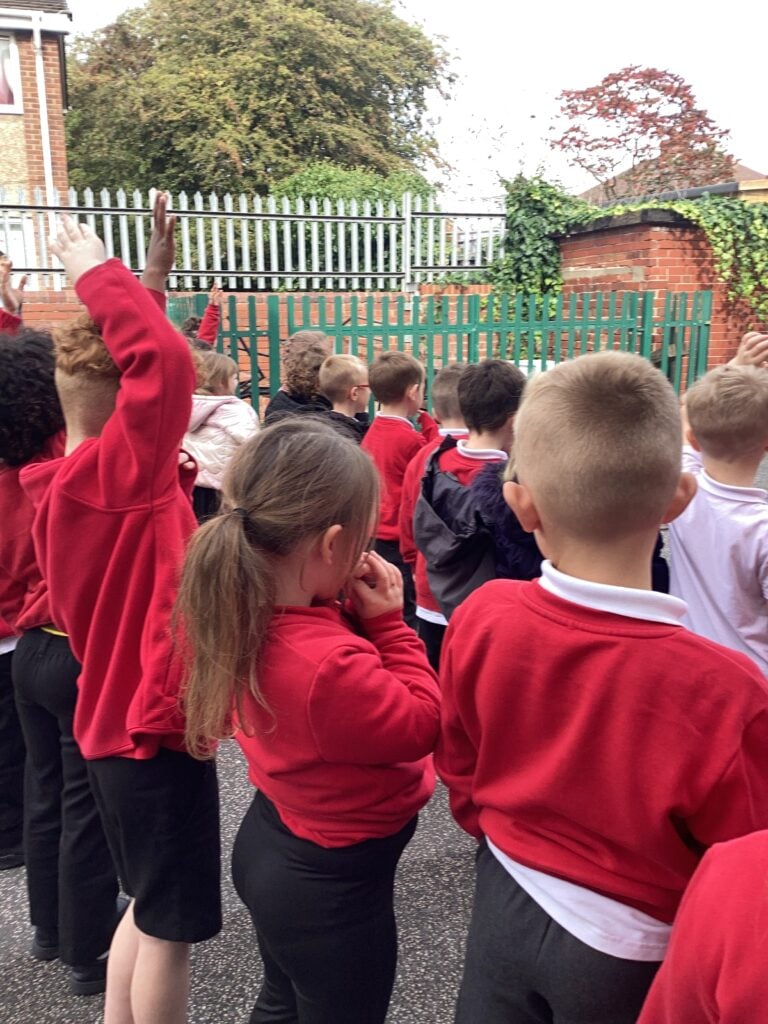
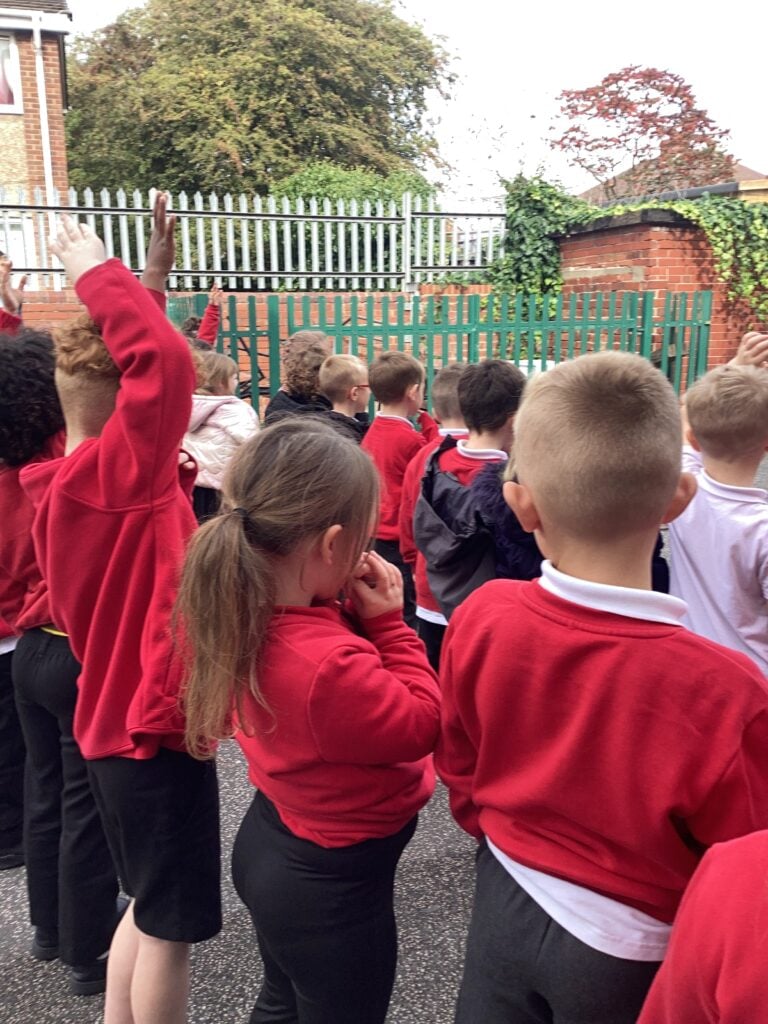
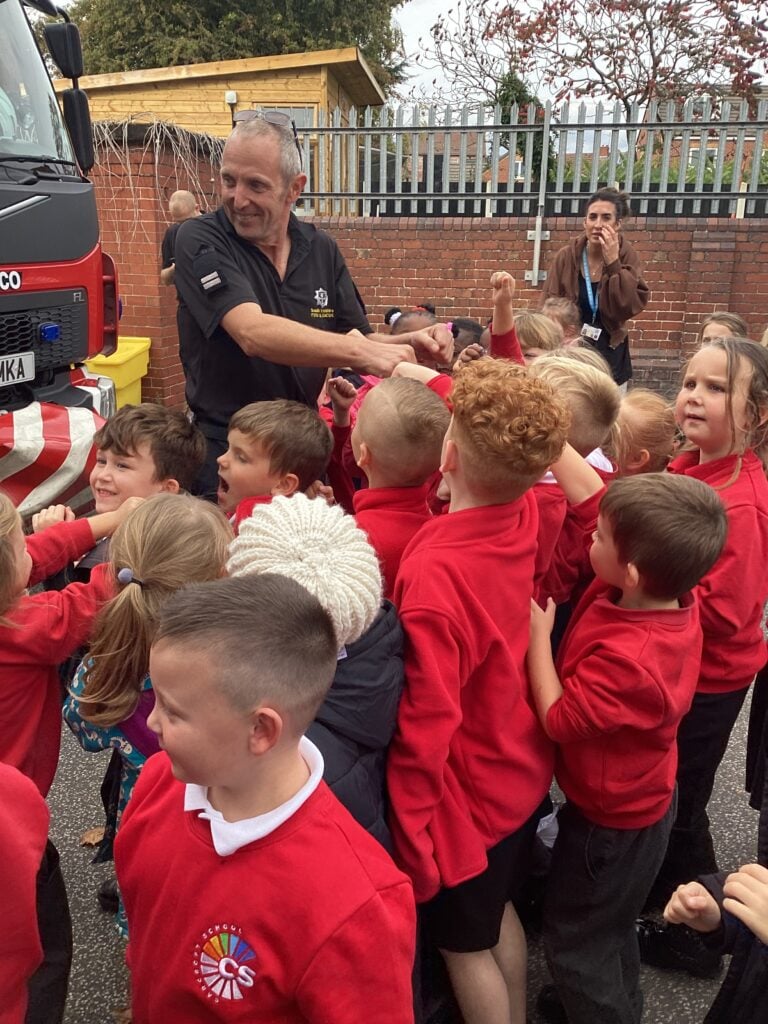

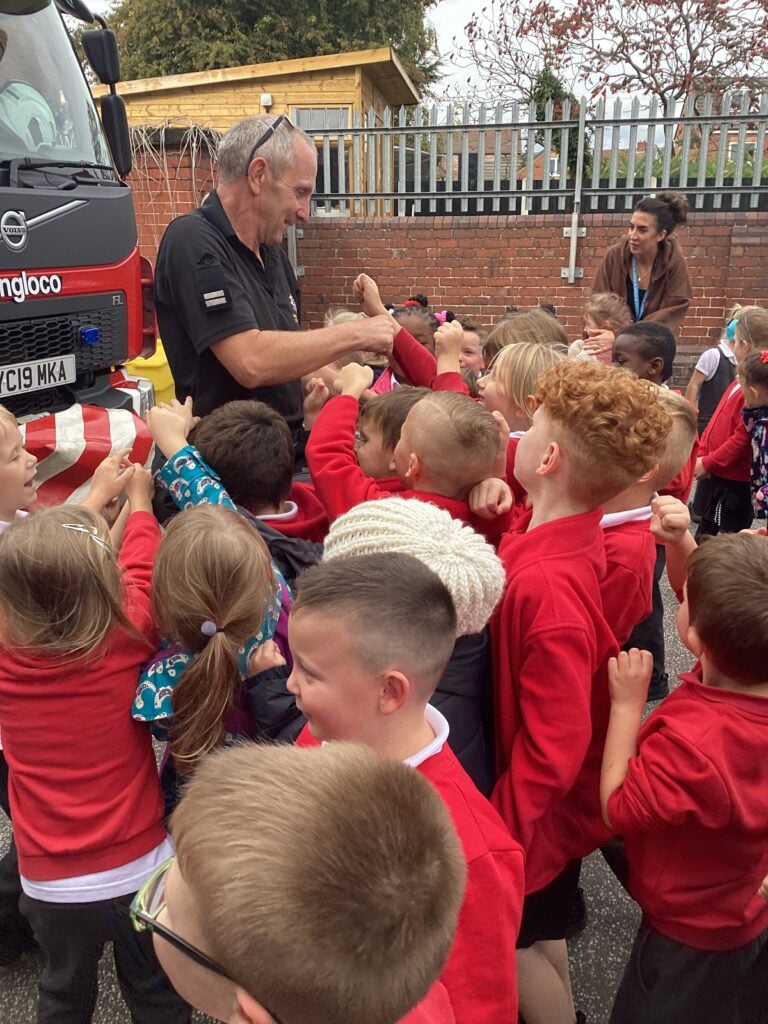
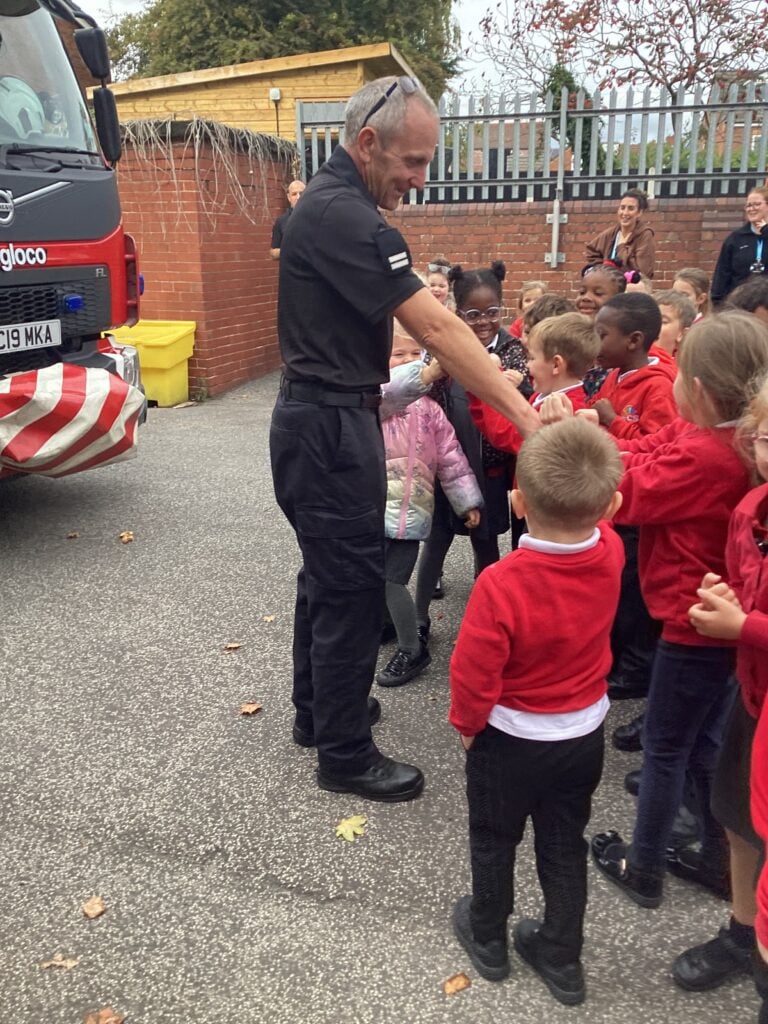

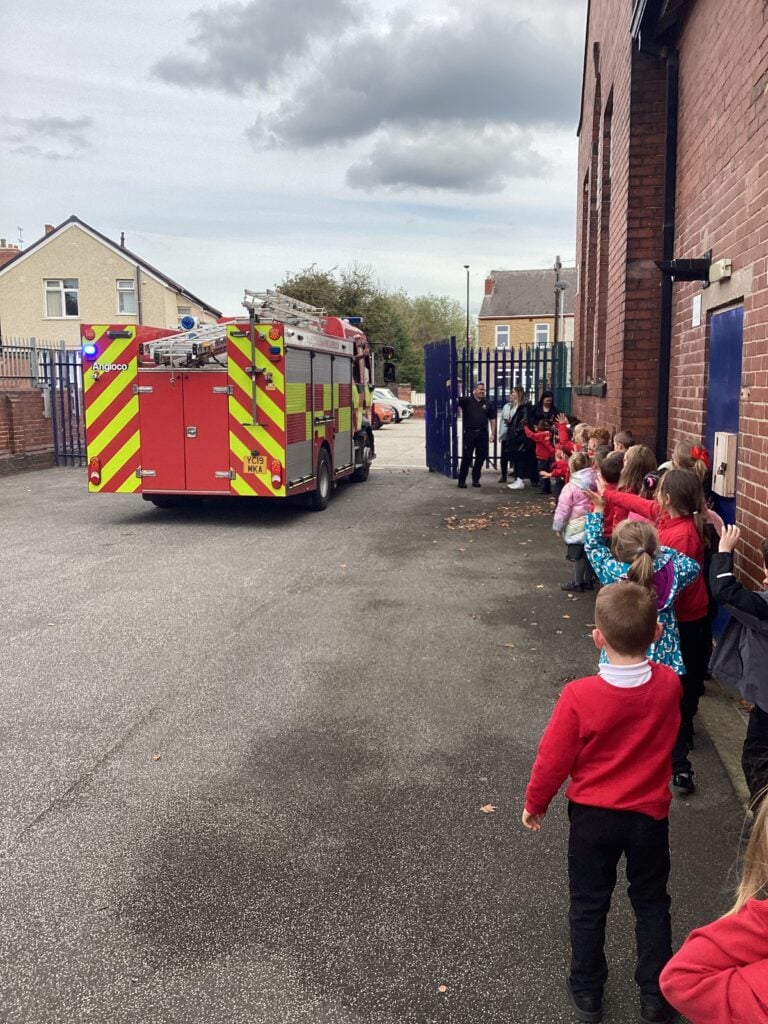
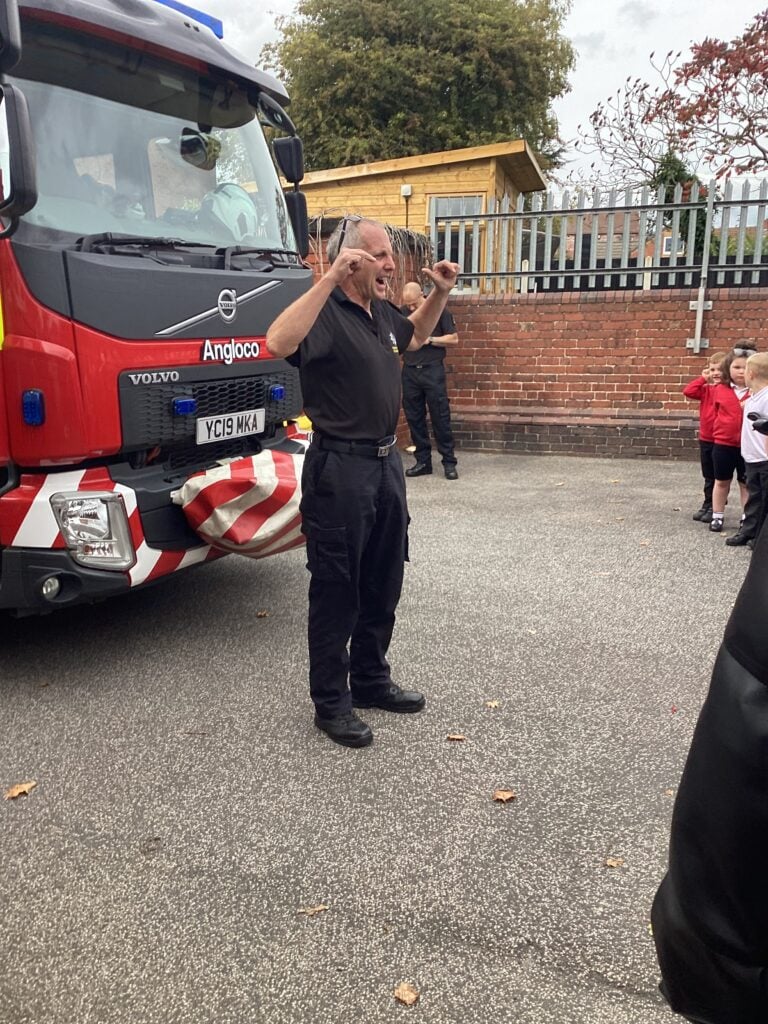

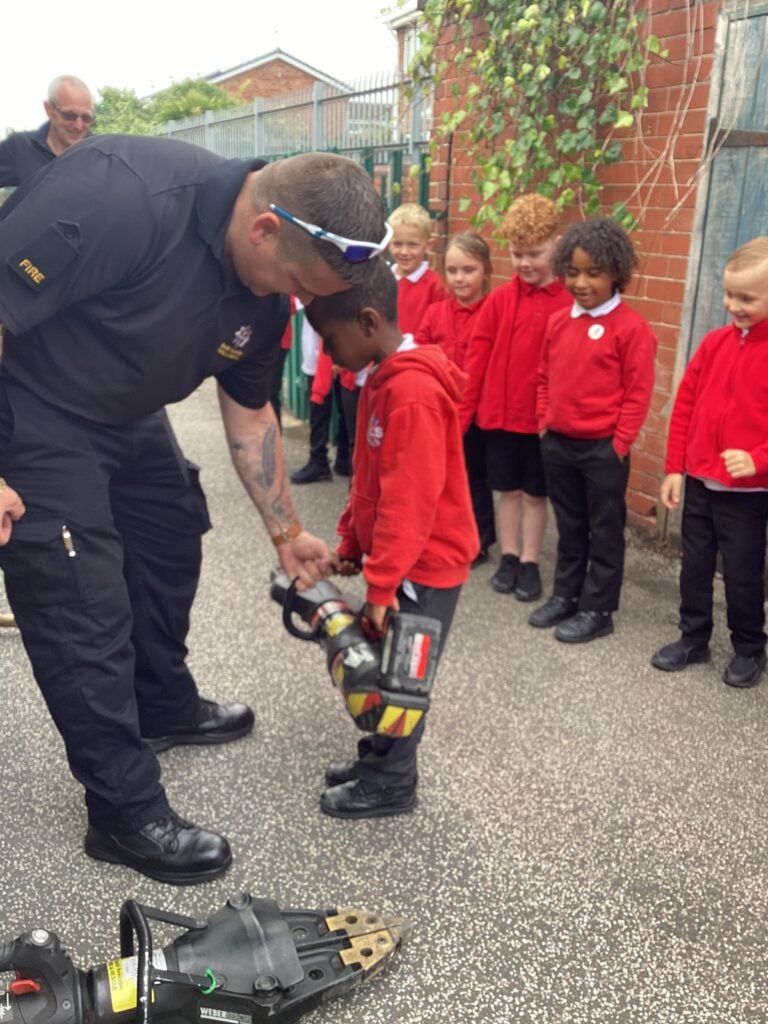
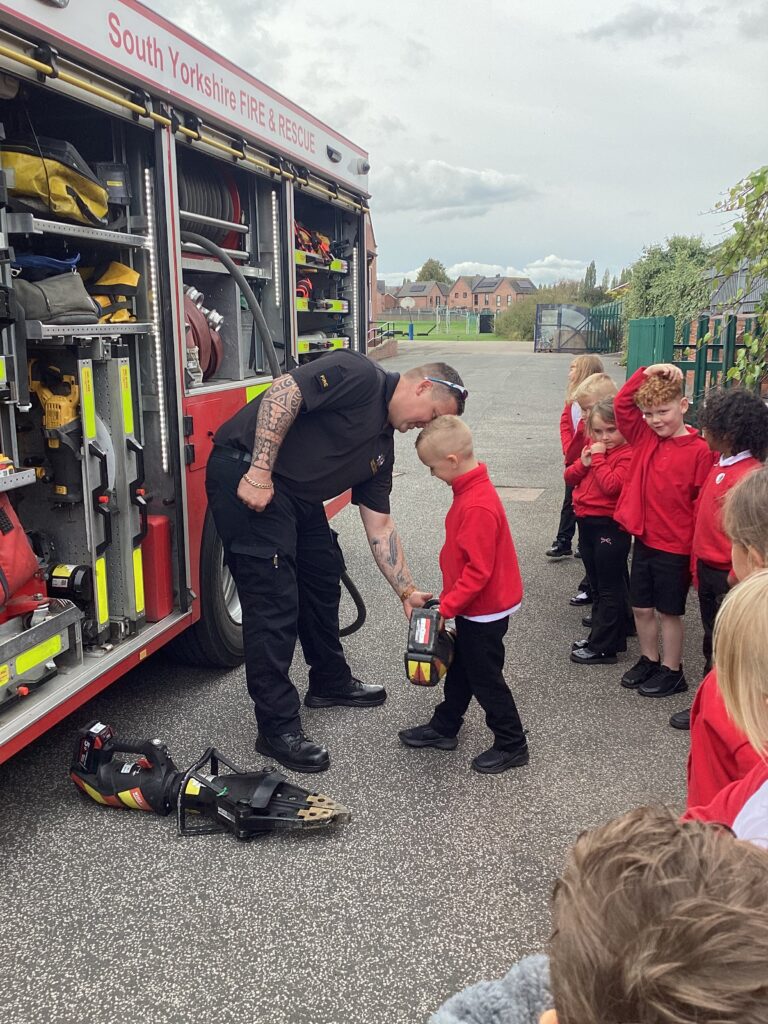
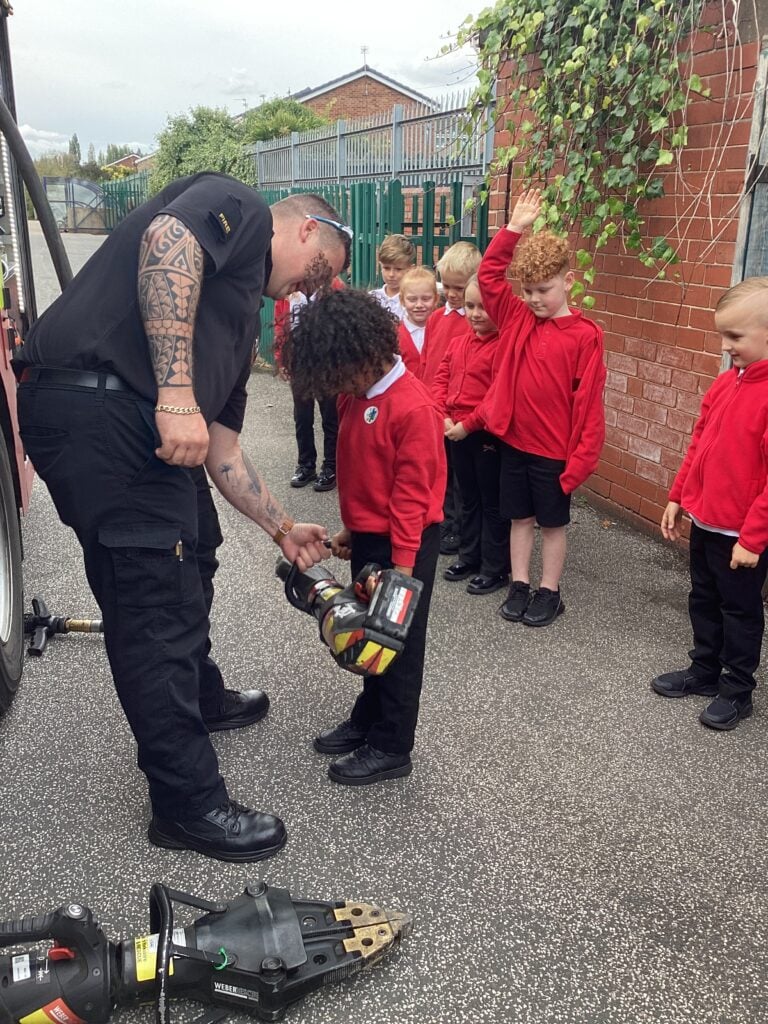
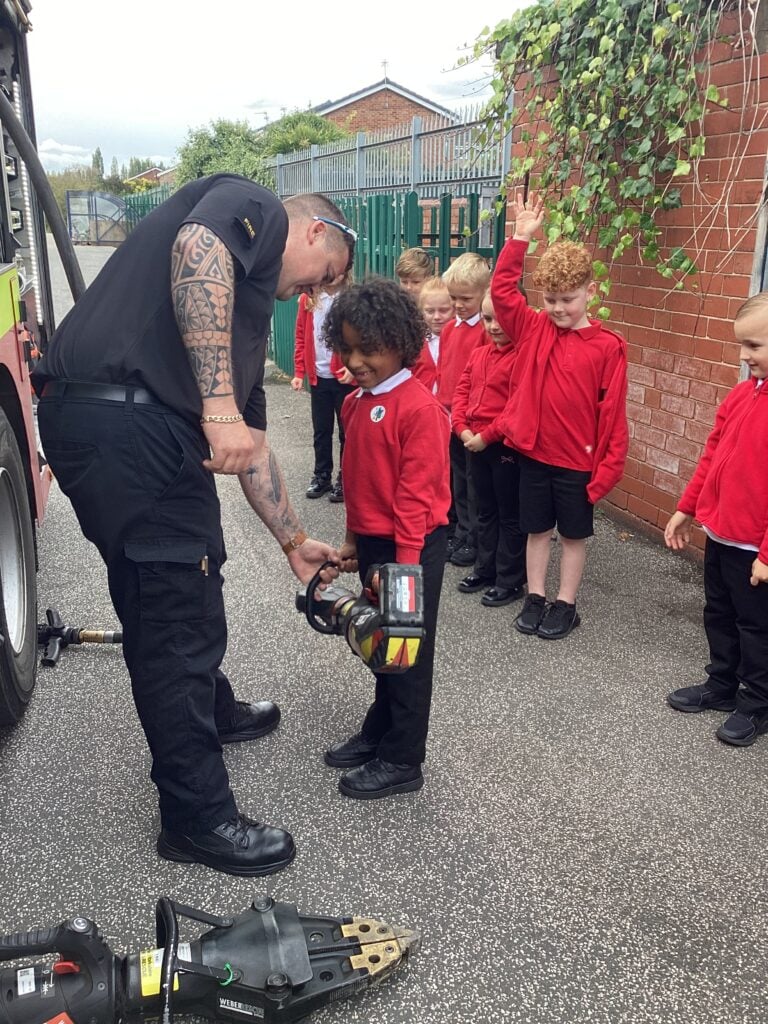









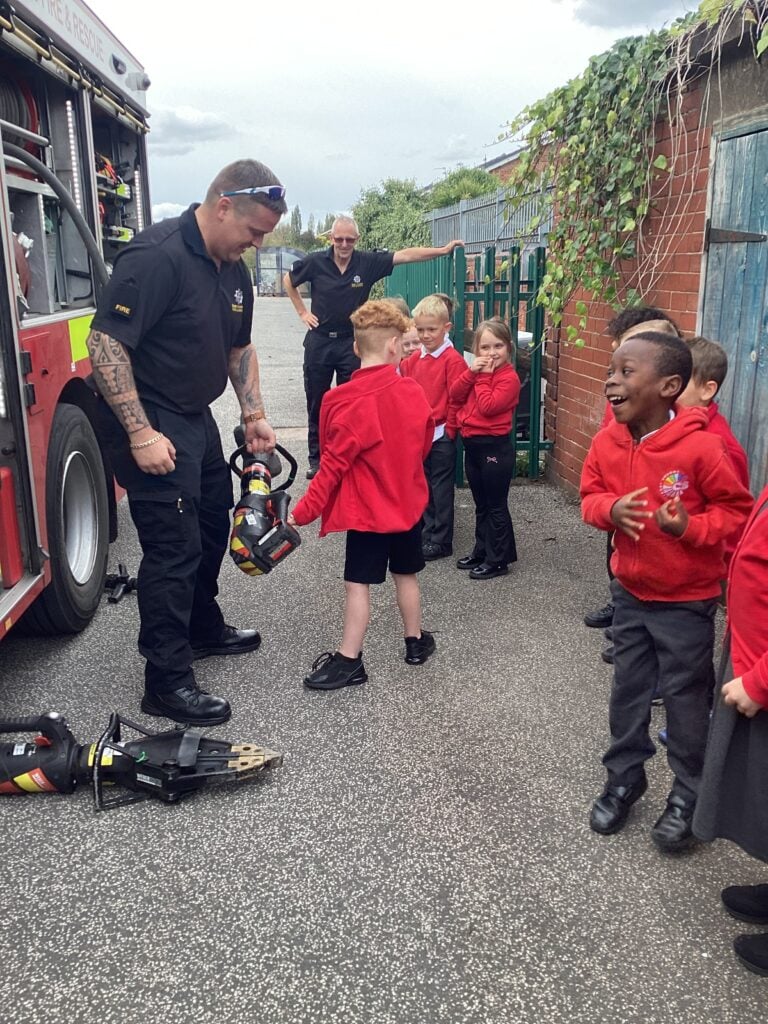

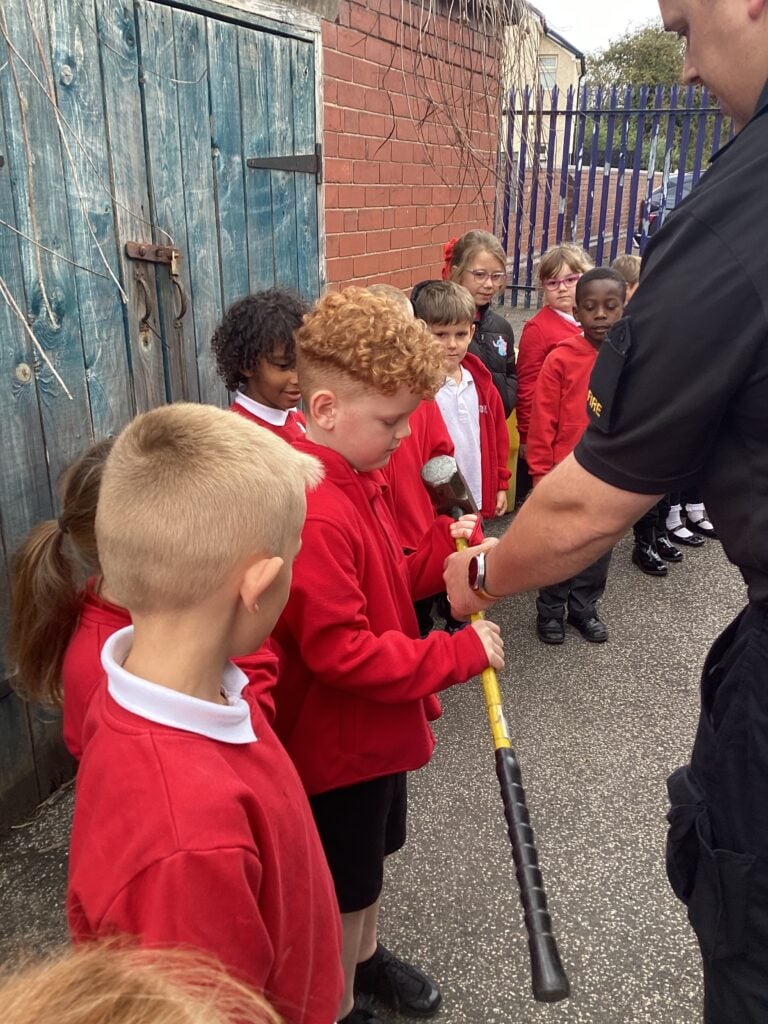

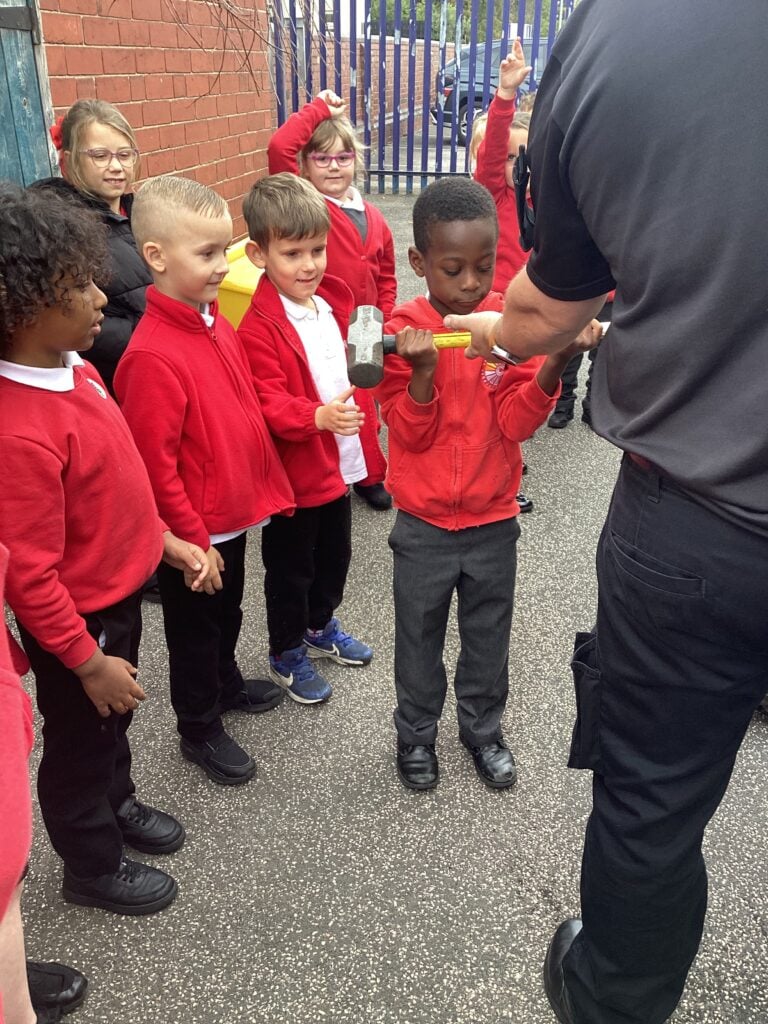

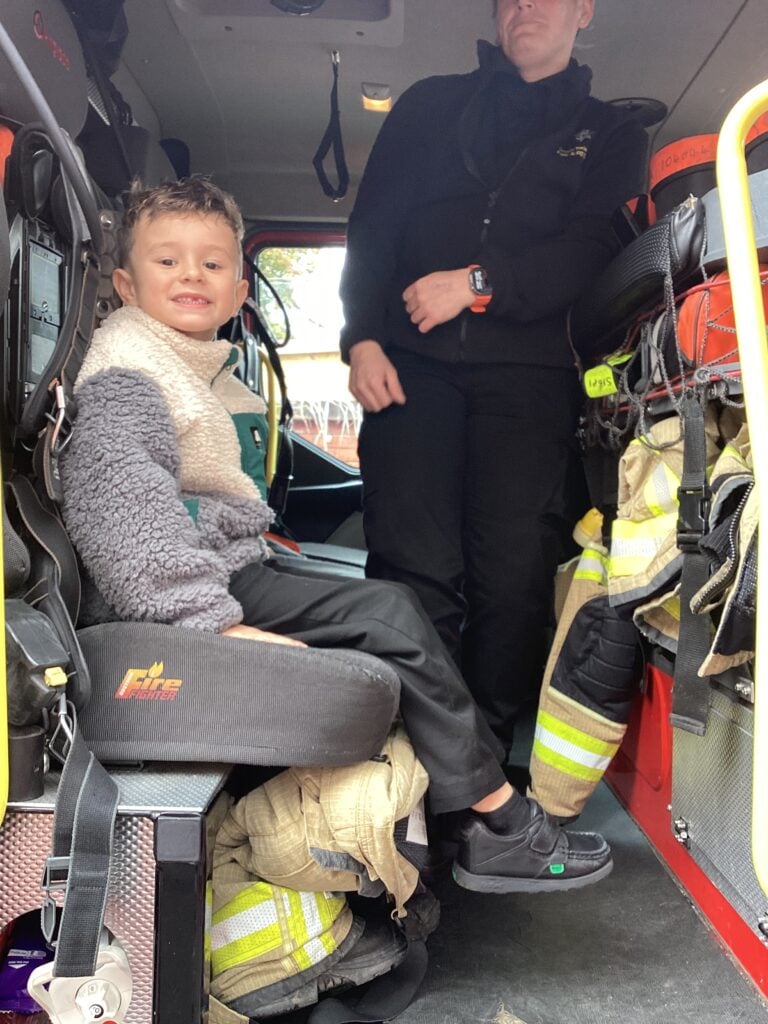
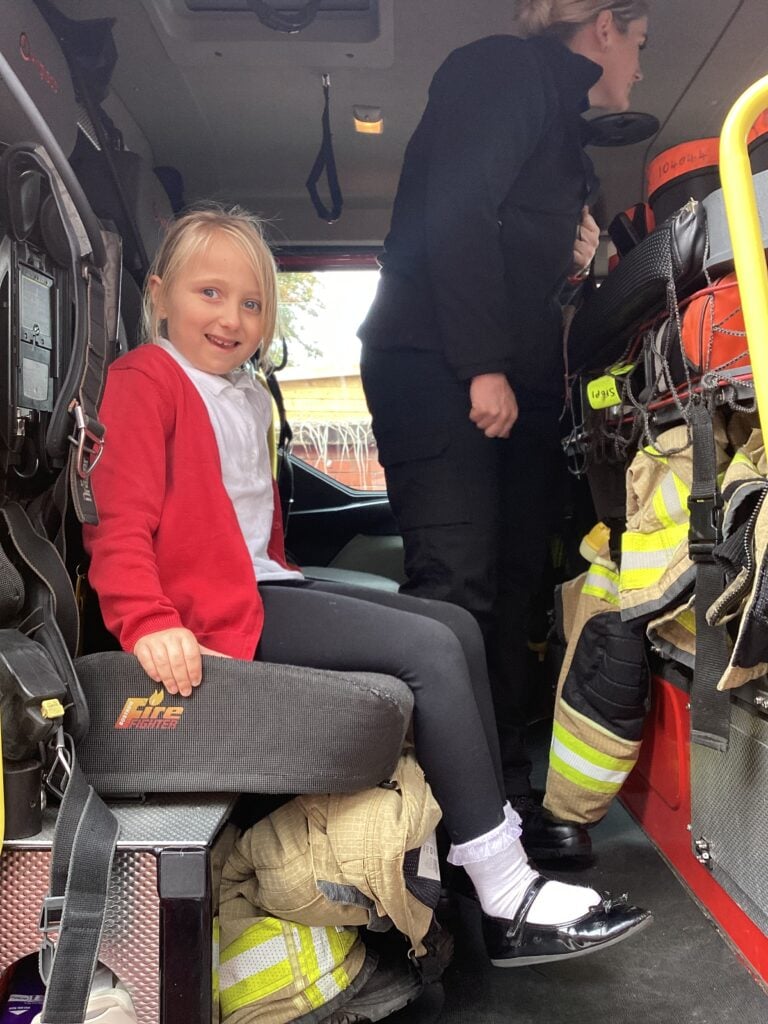
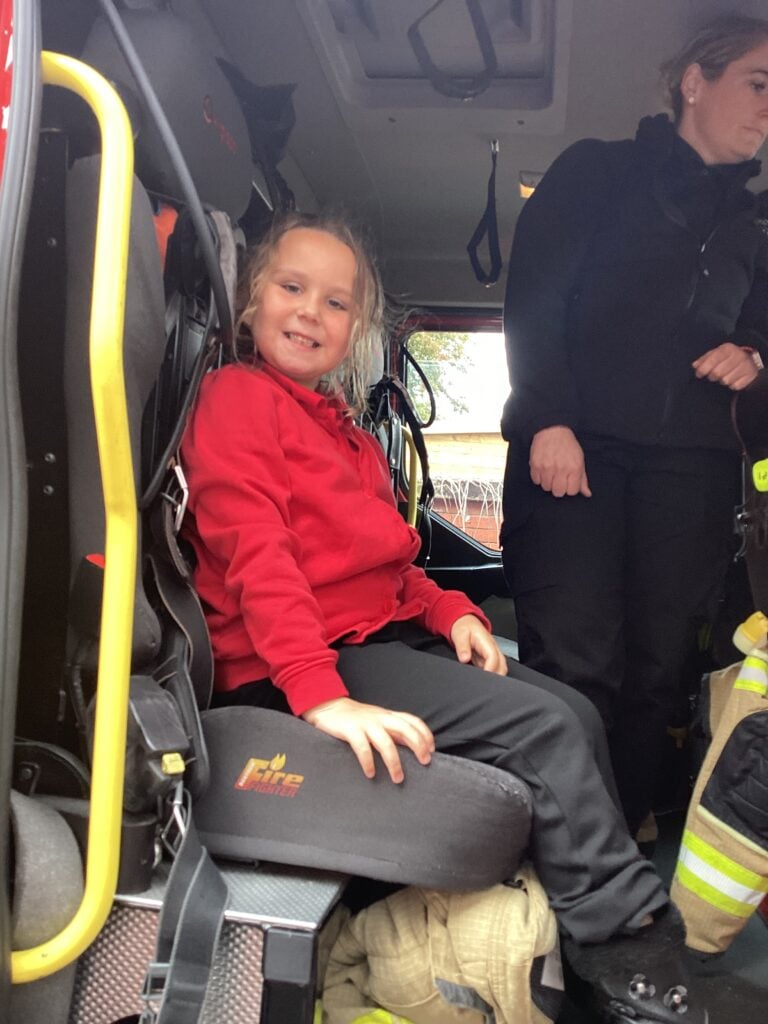

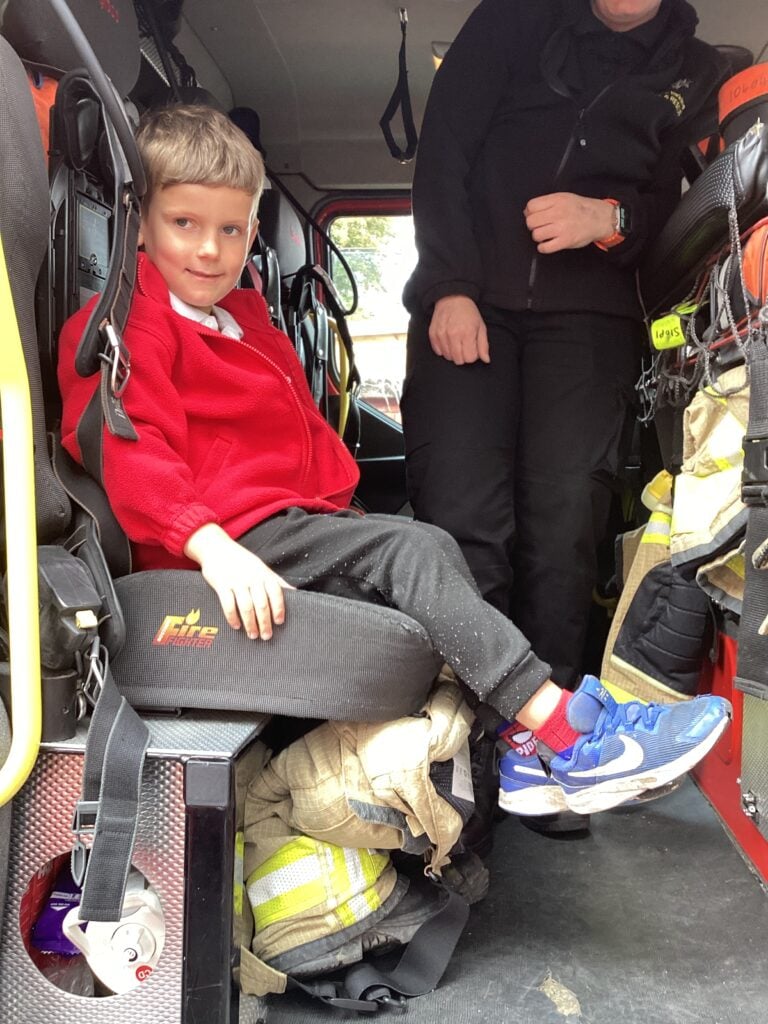
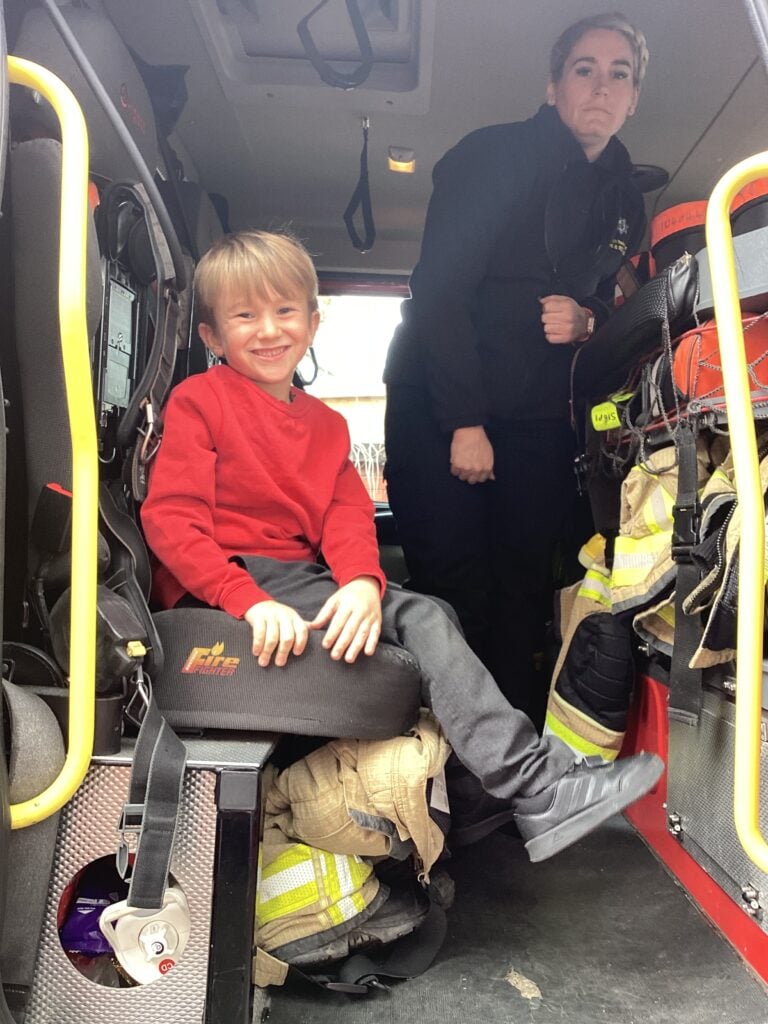
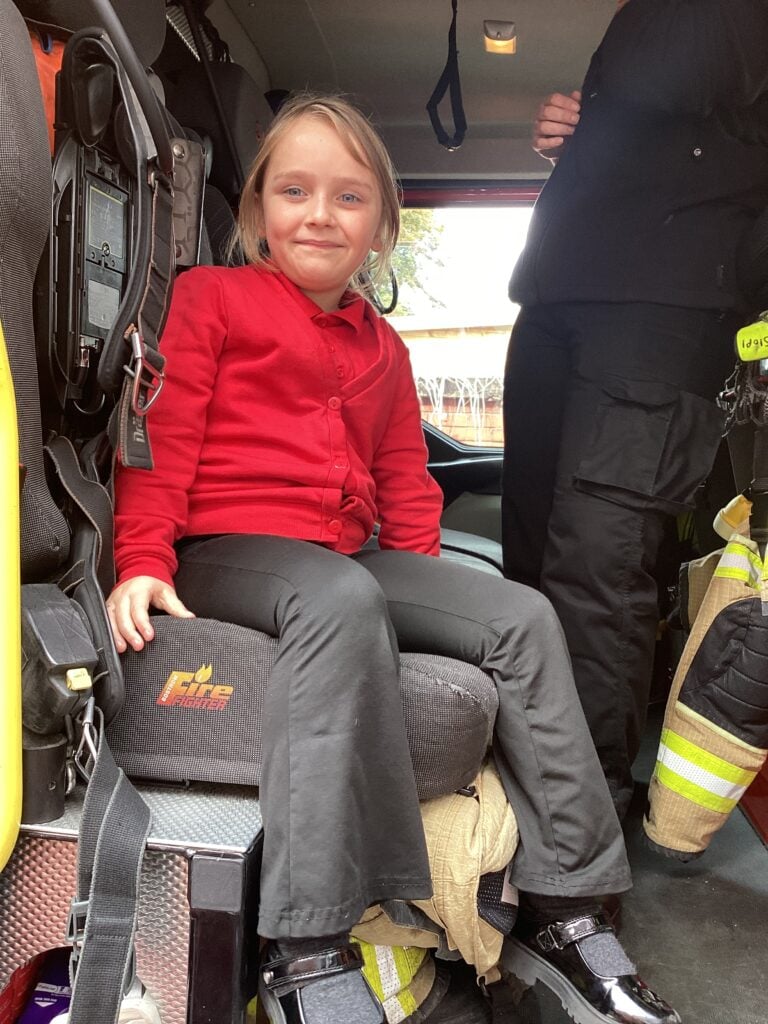


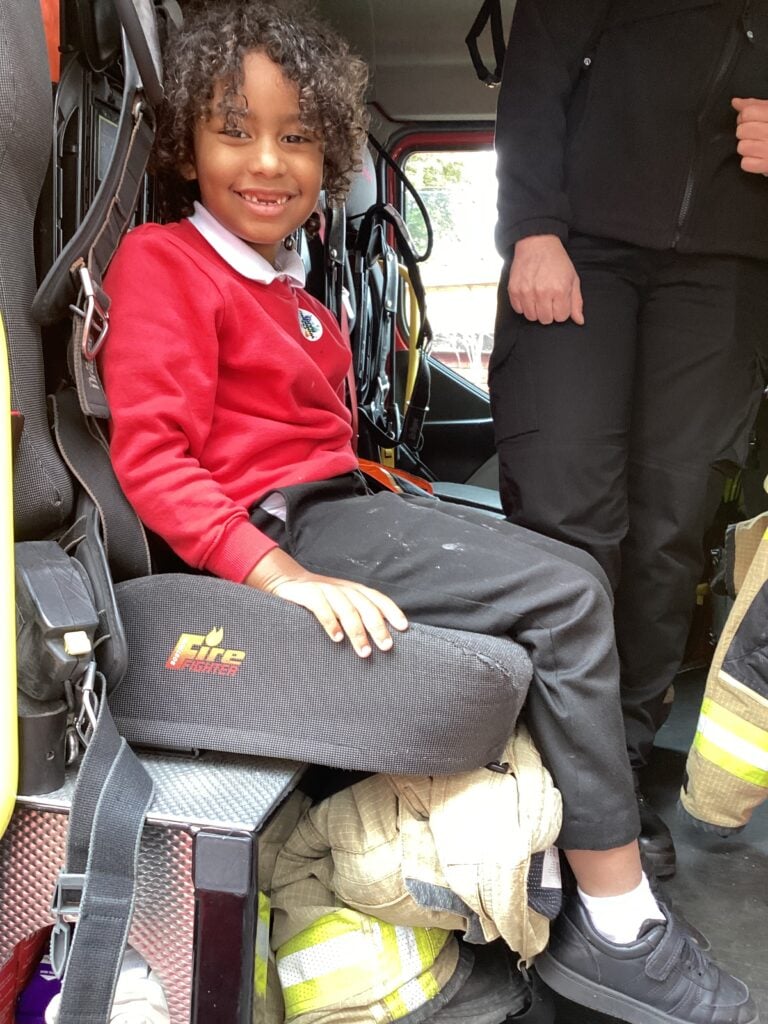
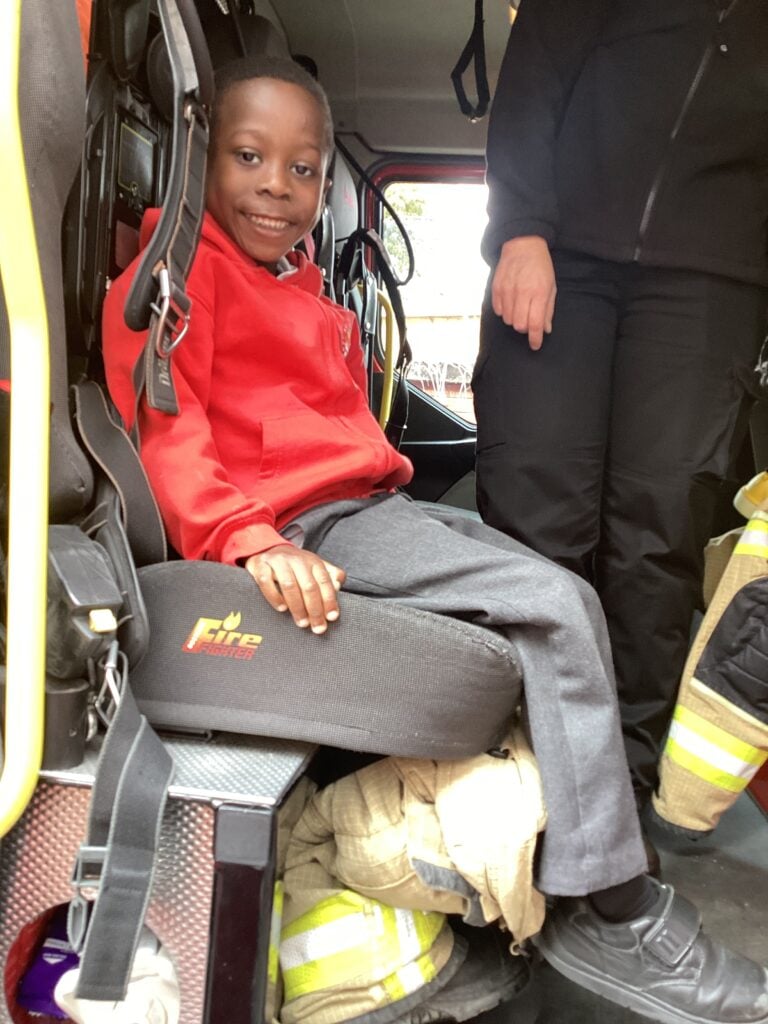

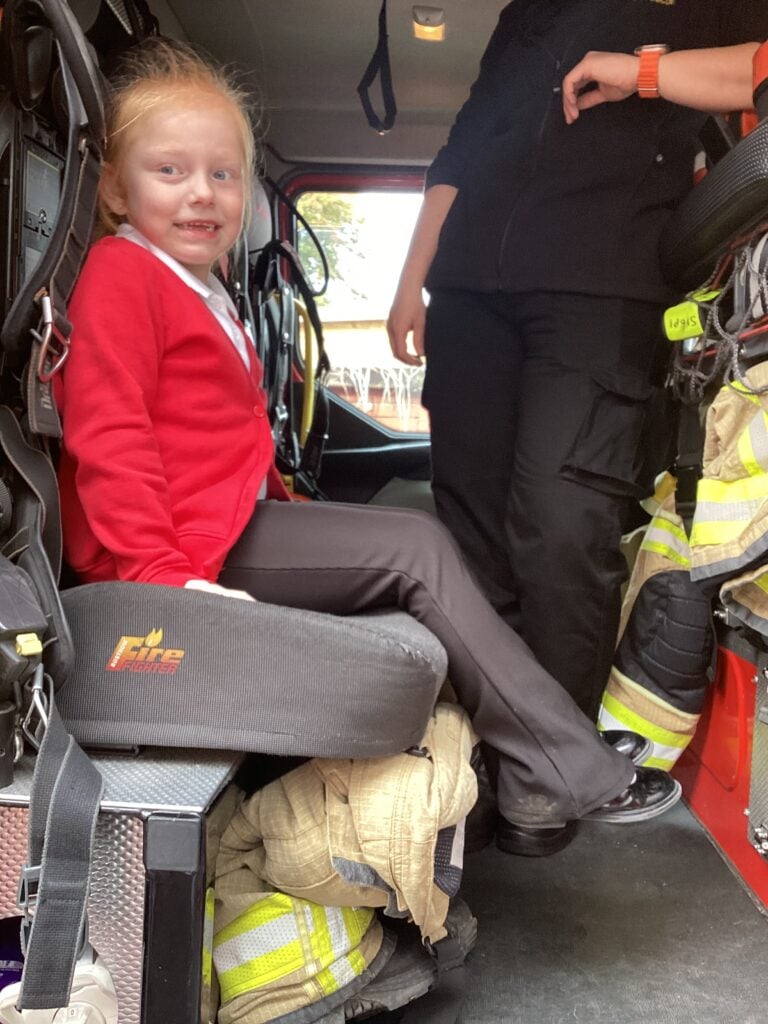

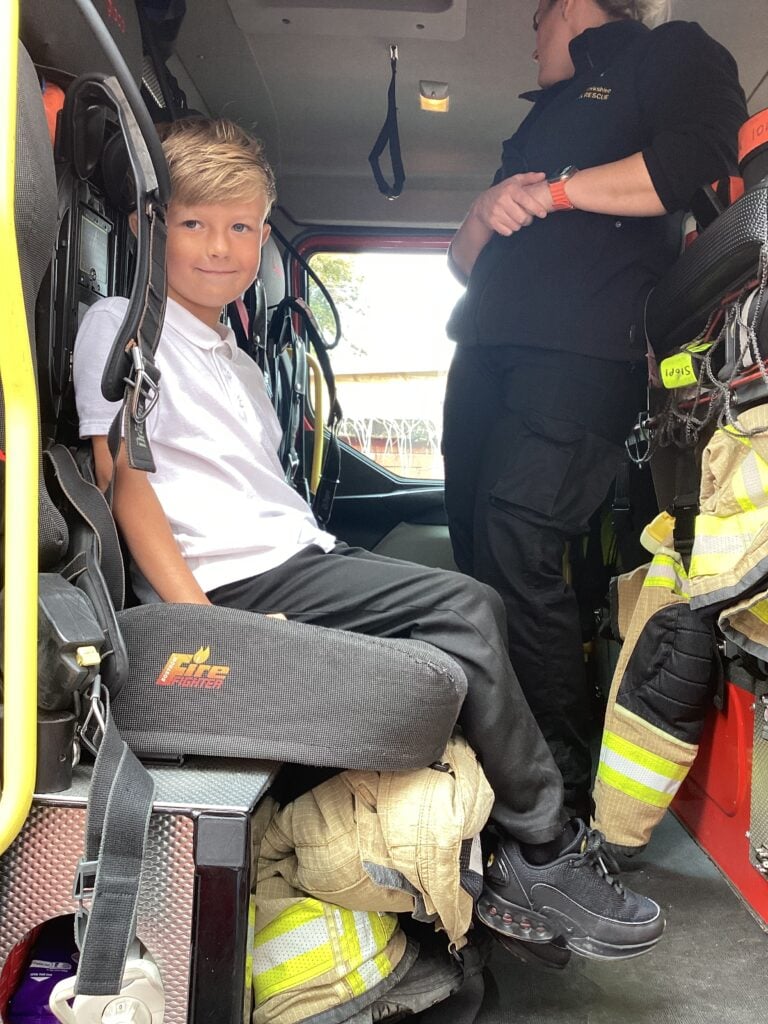
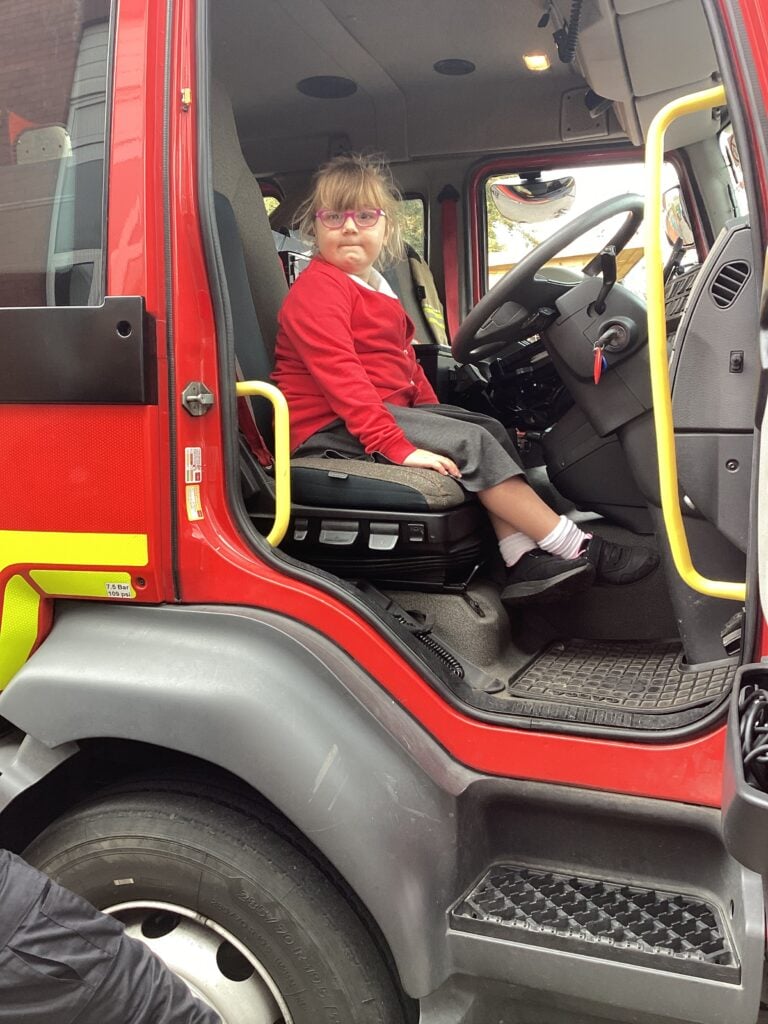

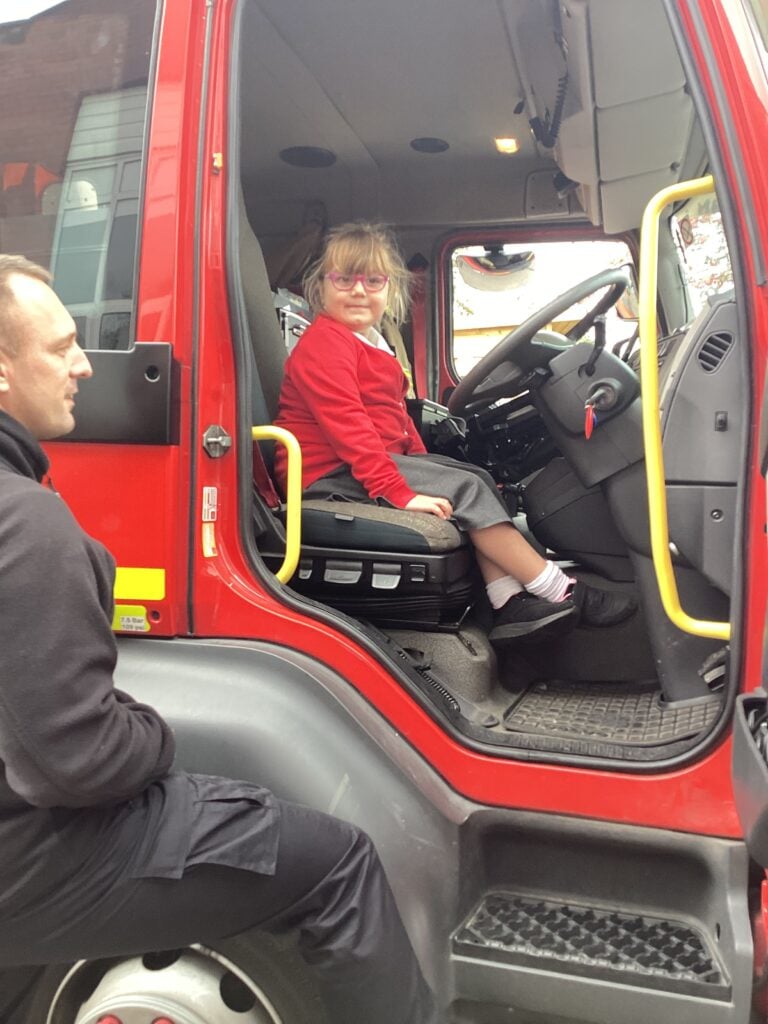
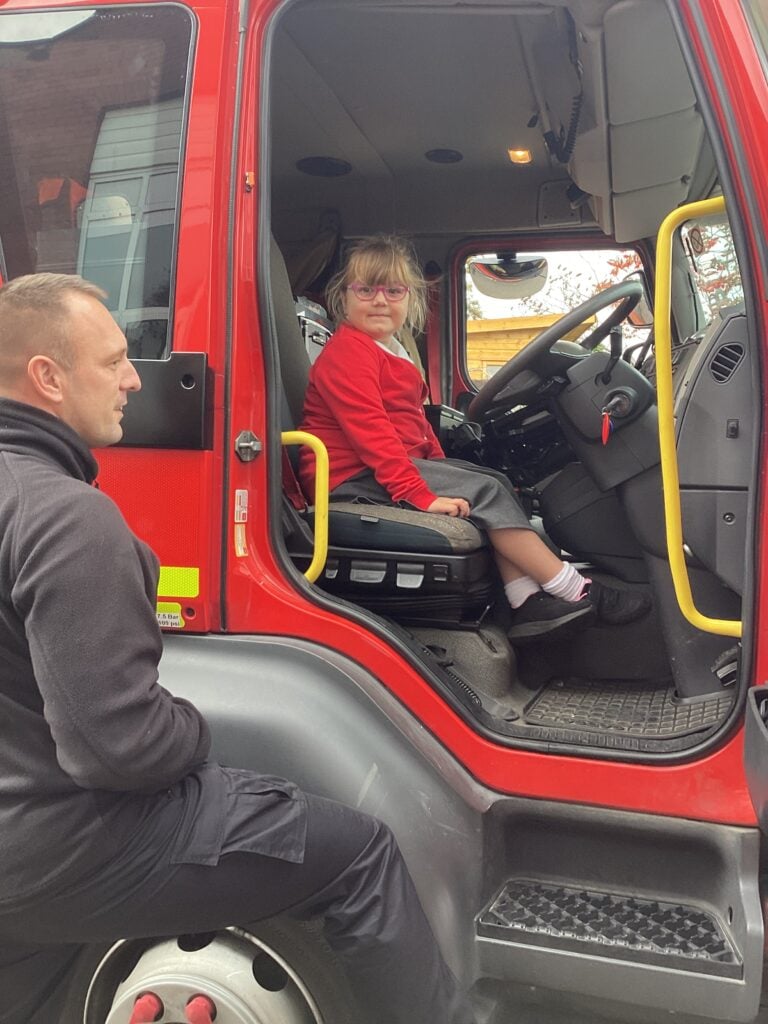
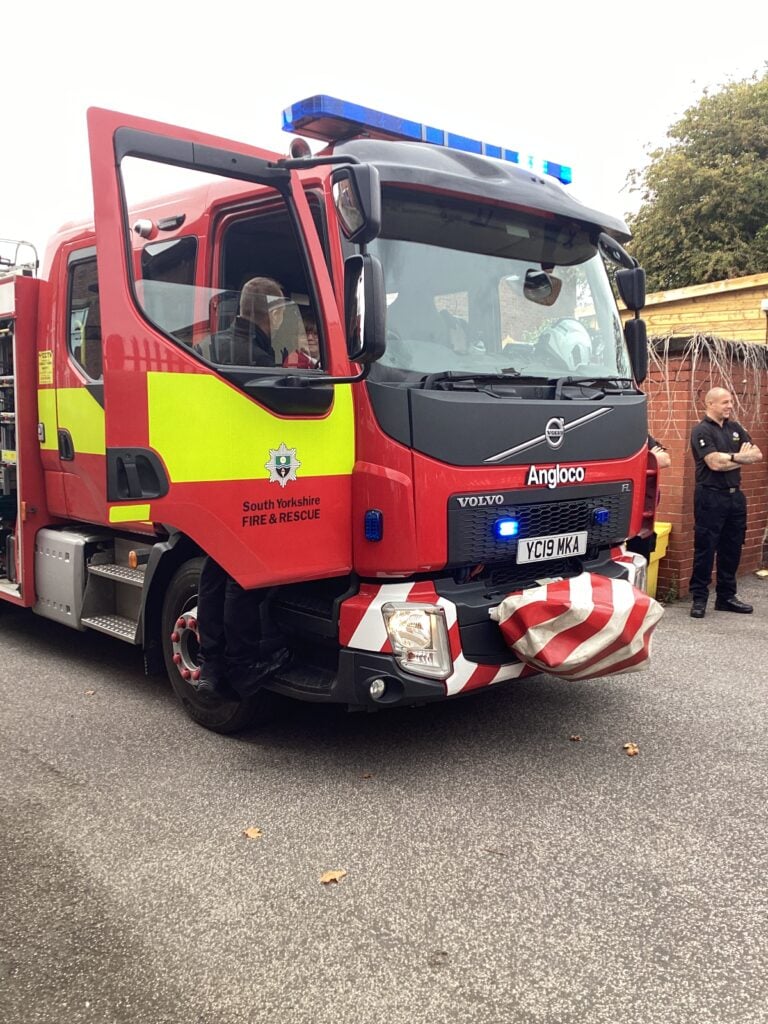

During case study one LKS2 have been learning about the the origins of the Roman Empire and how they changed Britain.
Today the children completed their case study reflection using Padlet. They worked in small groups to answer questions and I was really impressed with how much they could recall from the past few weeks. Please scan the QR code to see their work.
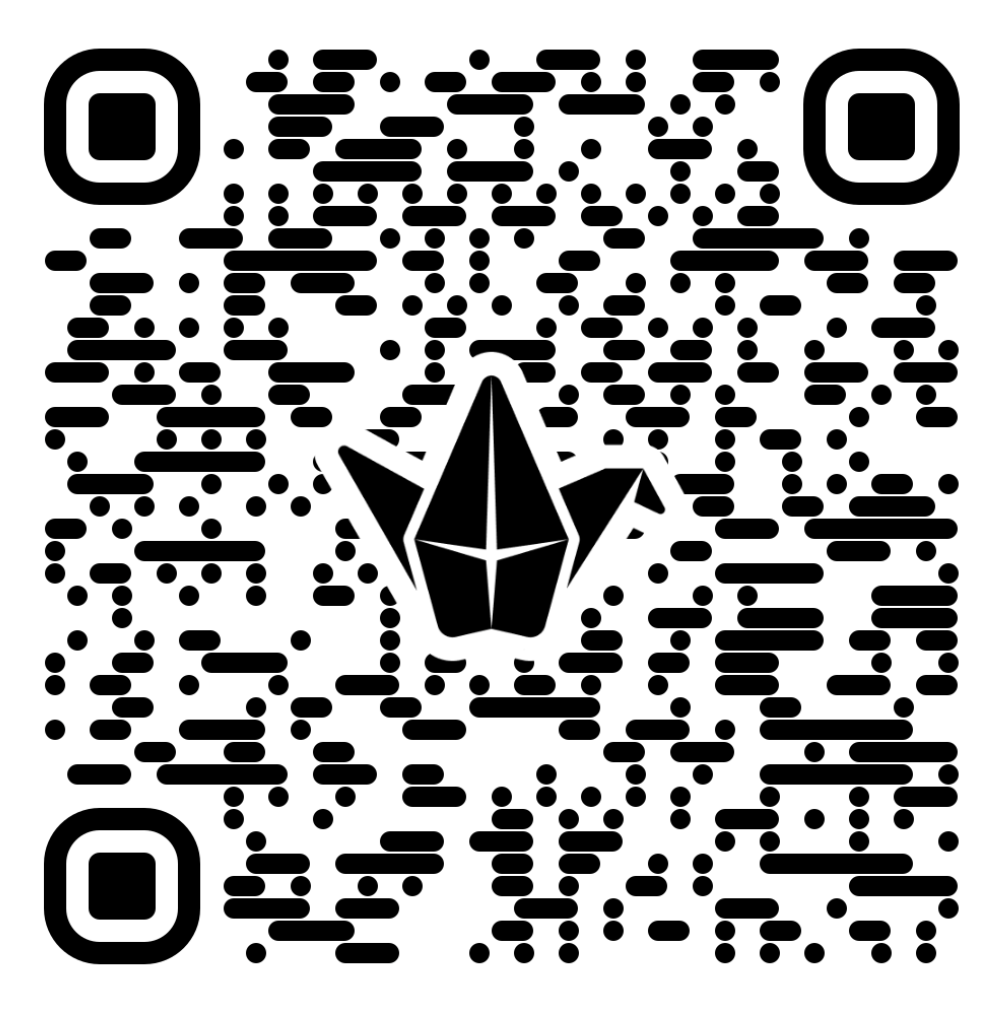
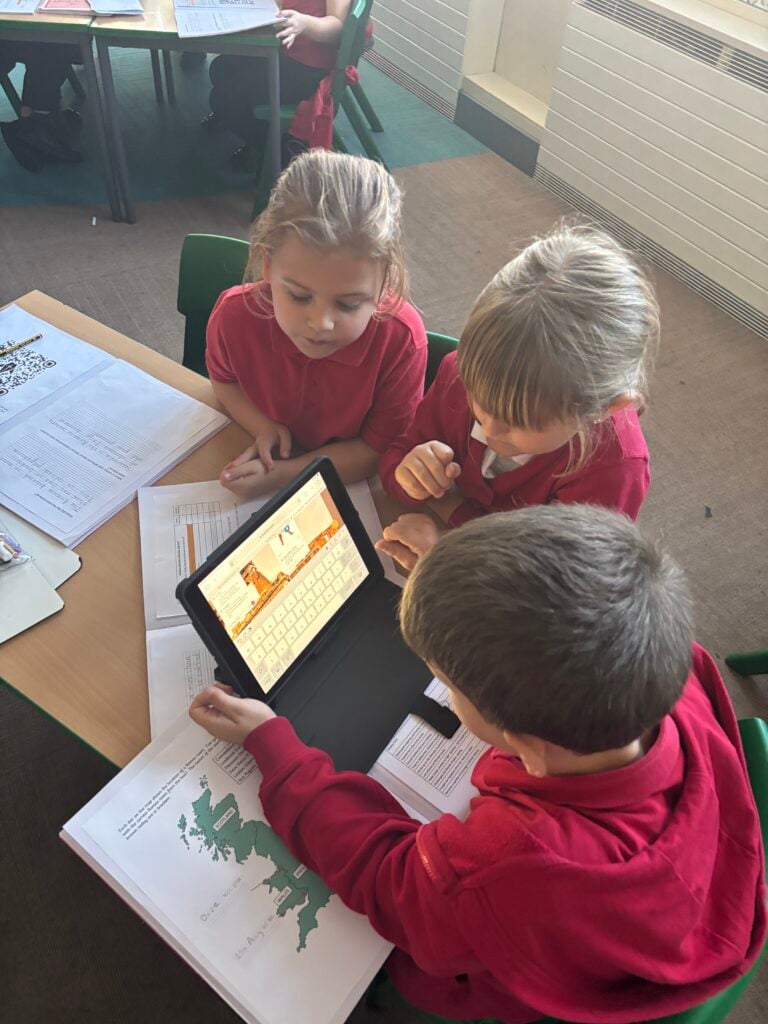
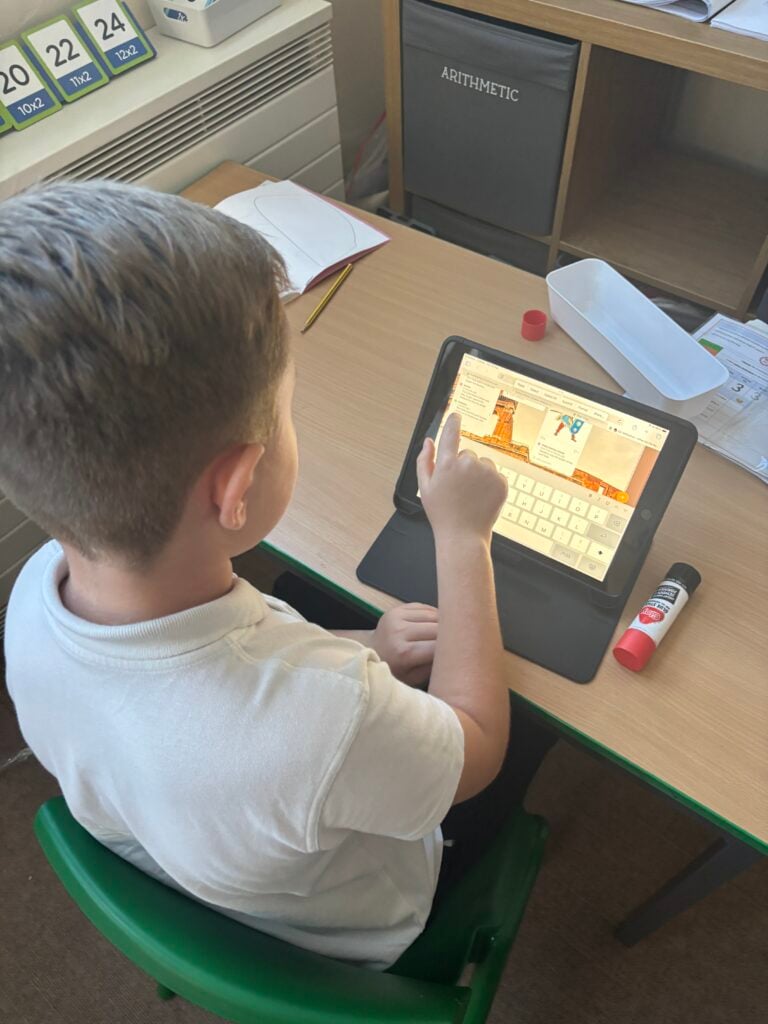
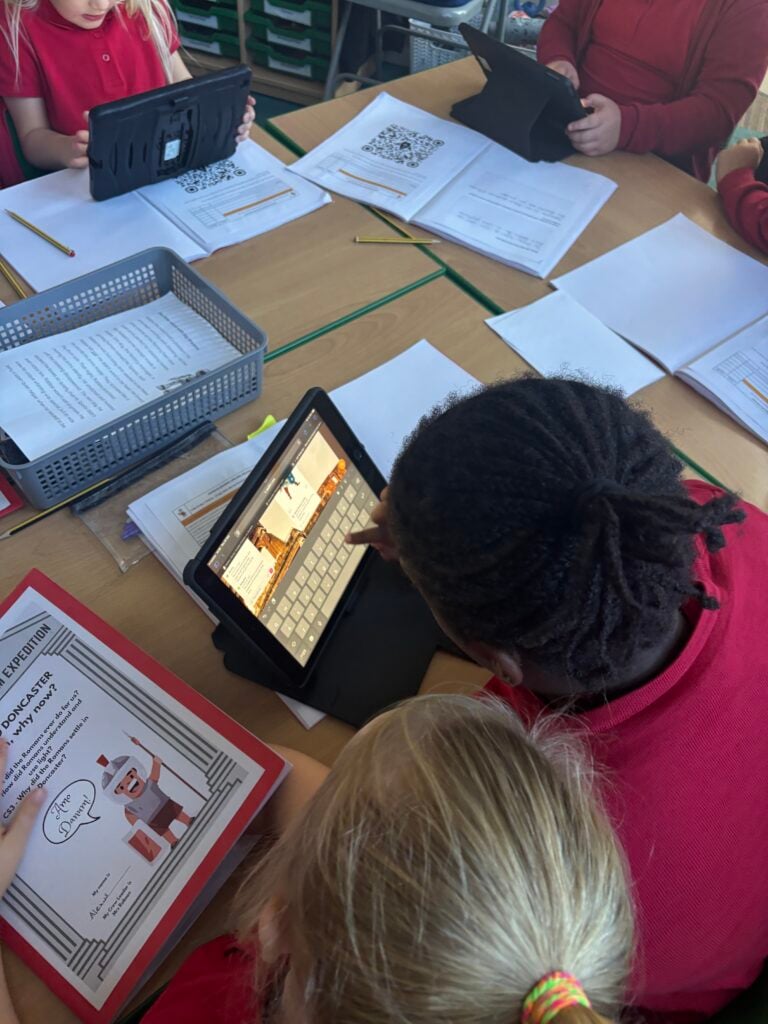

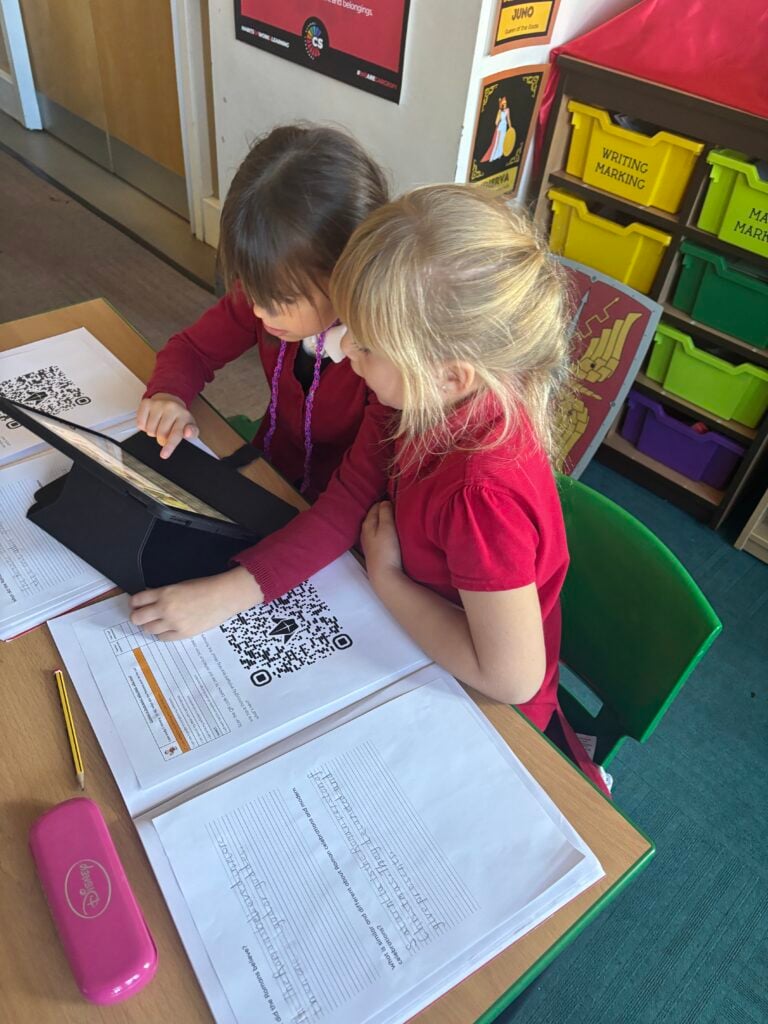
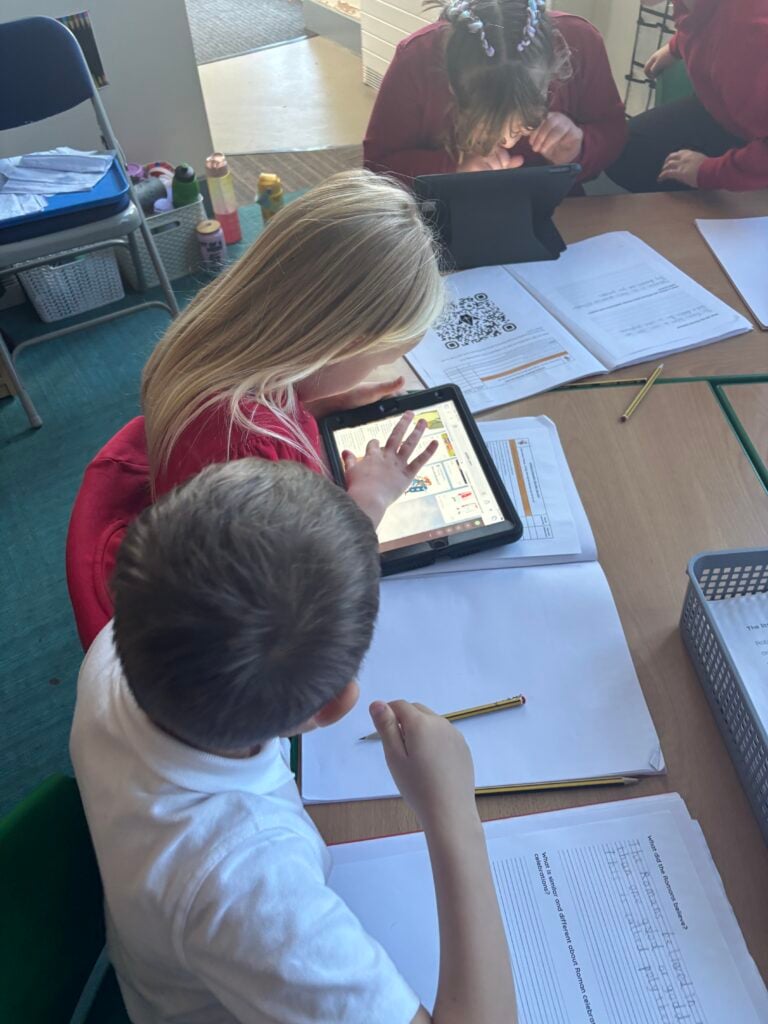
Today were learnt that Romans didn’t just believe in one God like Christians do but they believed in many Gods and Goddesses. This is called polytheism.
We started by taking part in a gallery walk to find out the names and roles of lots of different Roman Gods. We then discussed the different festivals and how they link to Roman festivals.
I loved seeing the drawings the children produced too!
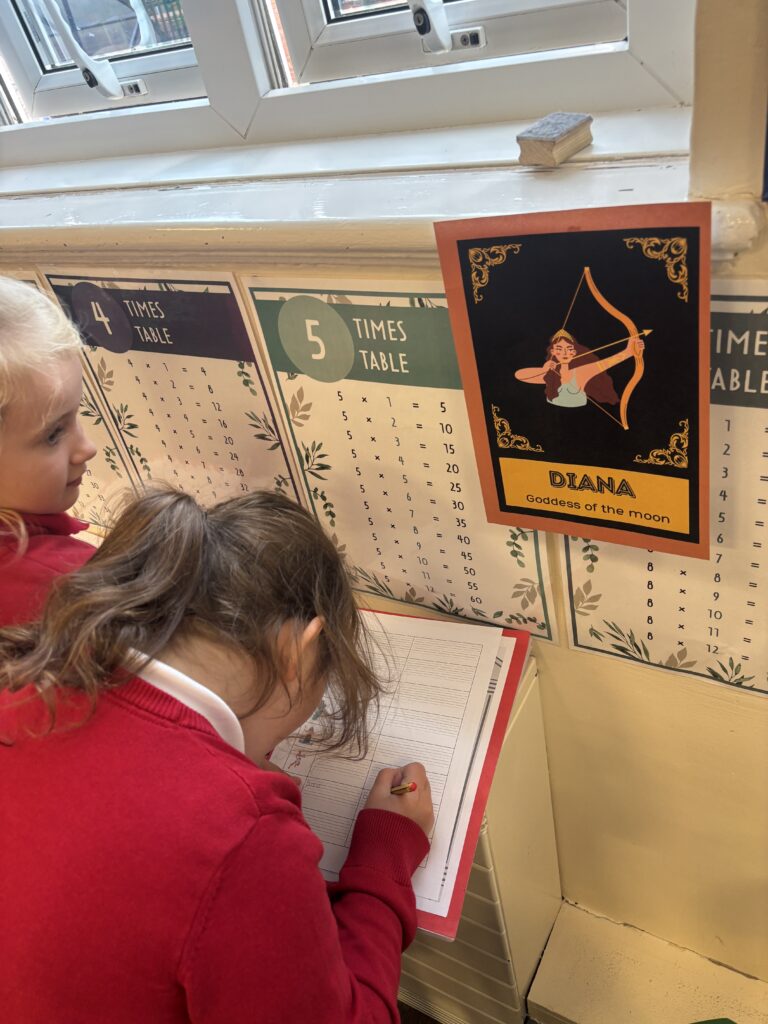

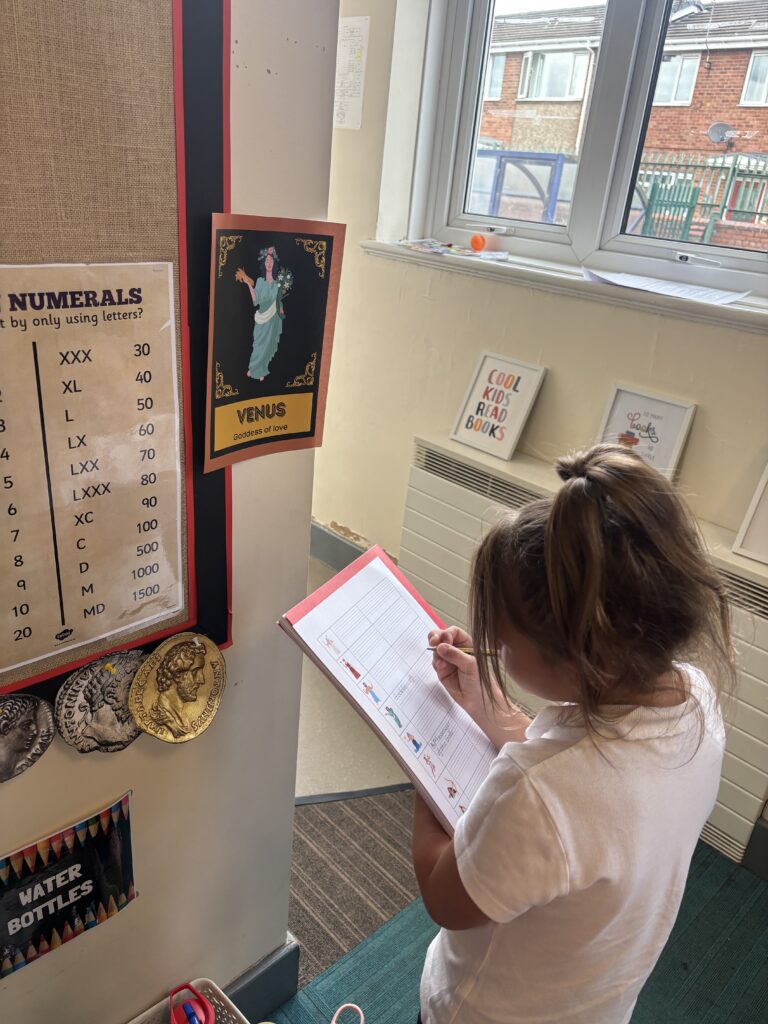
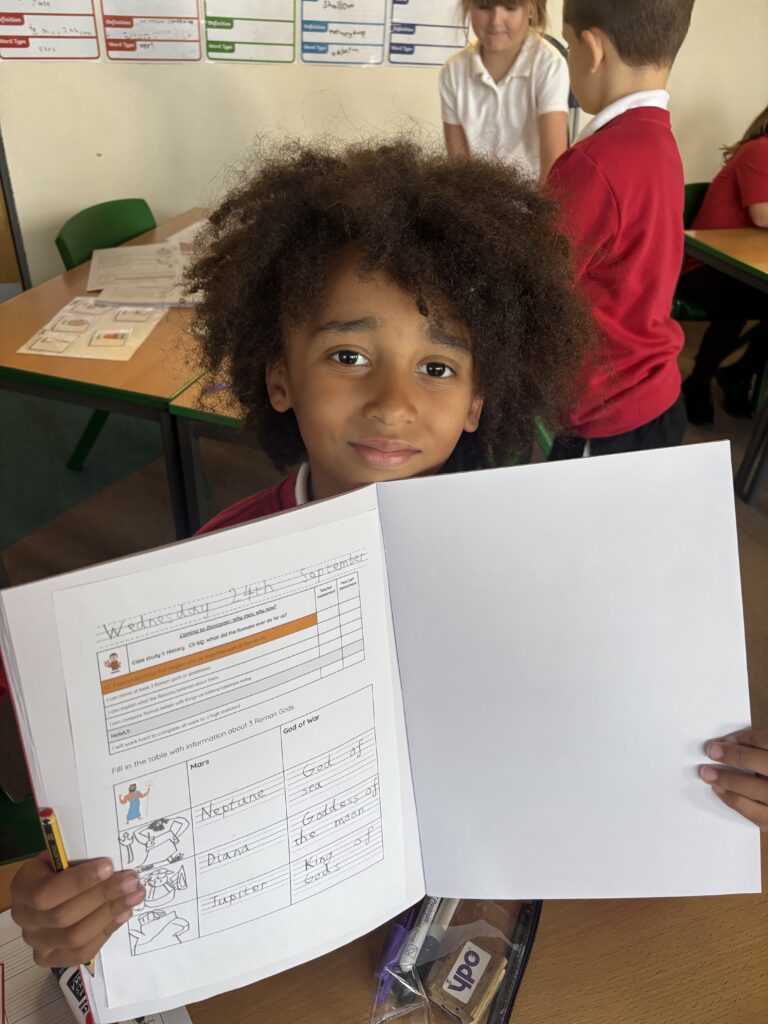
We worked together to sort out what it was like to be a Roman child and if they had things children have today. Each statement we read together and then decided if it belonged on Roman children, children today or both.
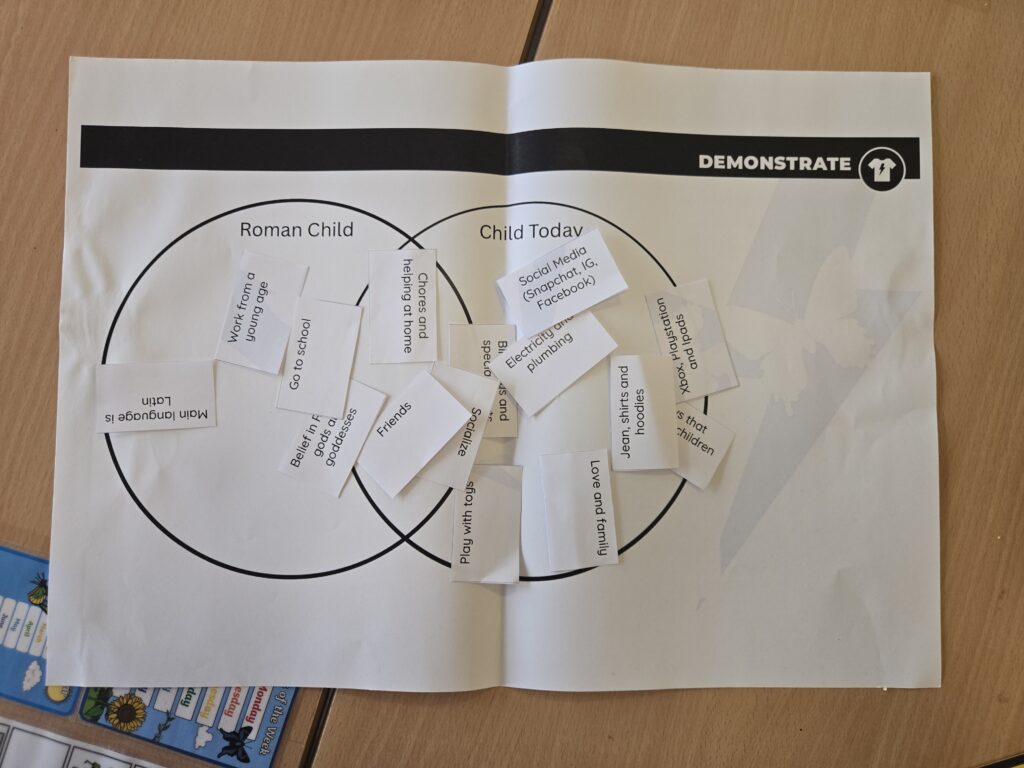

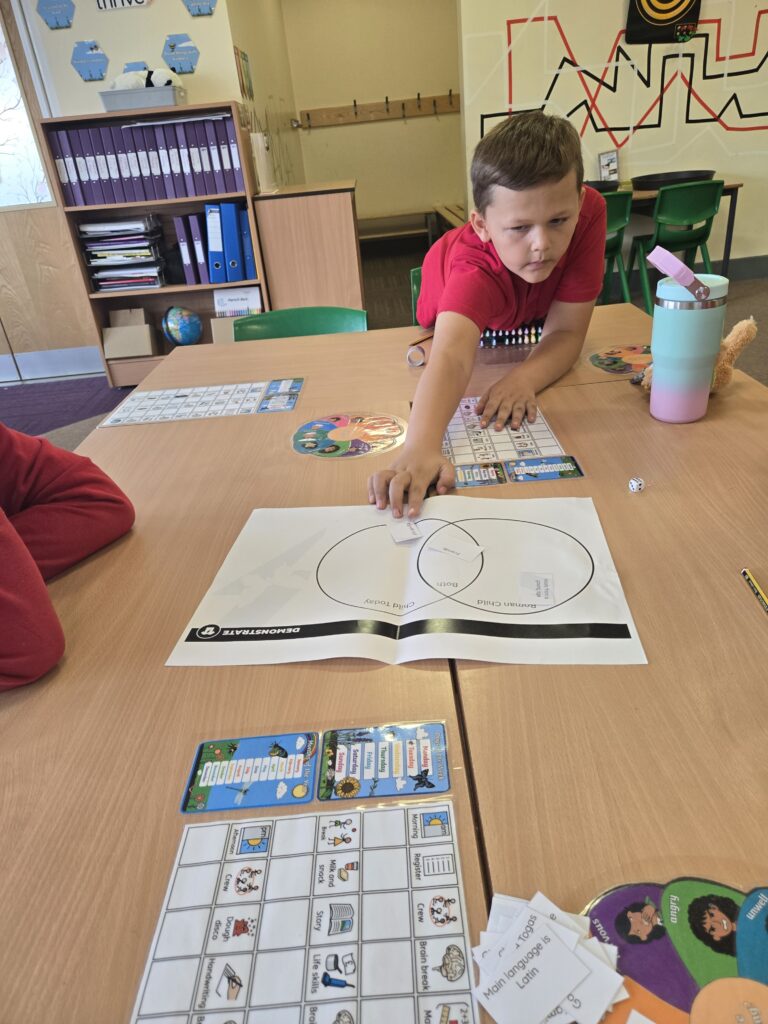
Today in Crew Colclough we learned that Romans believed in more than one God/ Goddess and we started to explore 8 of them in today’s lesson. We had to move around the room and copy the name and role of the God/Goddess onto our sheet. Mrs Atherton then challenged us by asking us to memorise 3 of them and their roles and then copy these into our books using Capital Letters for Nouns and beautiful handwriting. We worked incredibly hard today to remember this information.
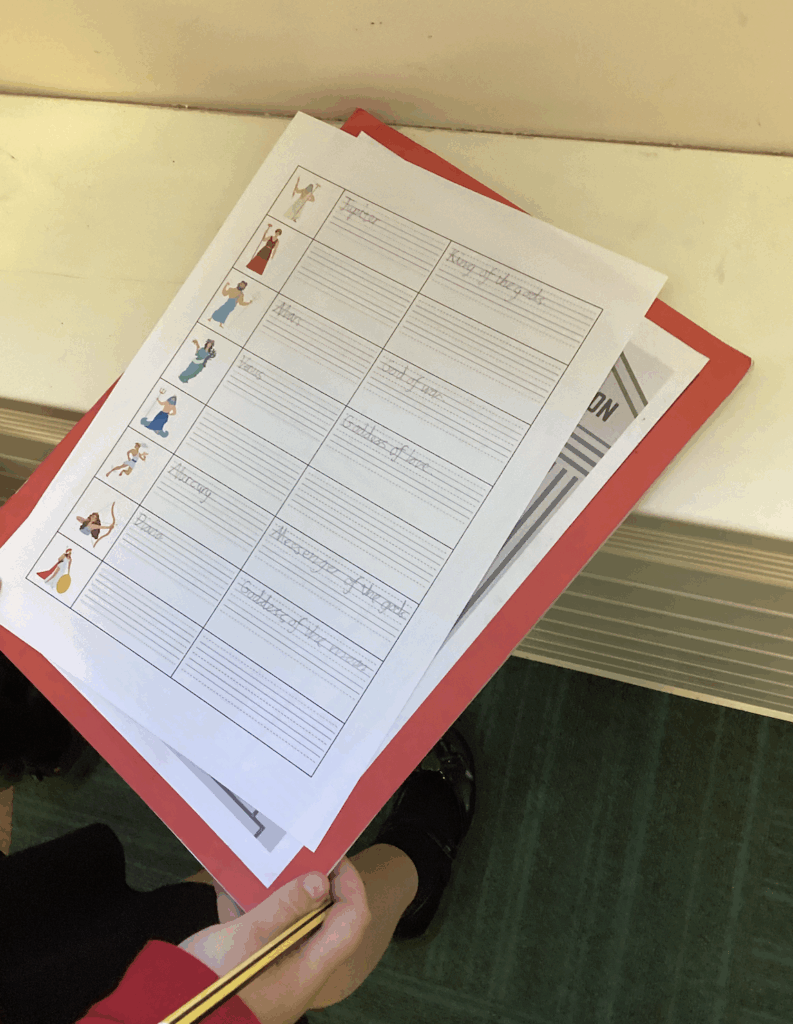
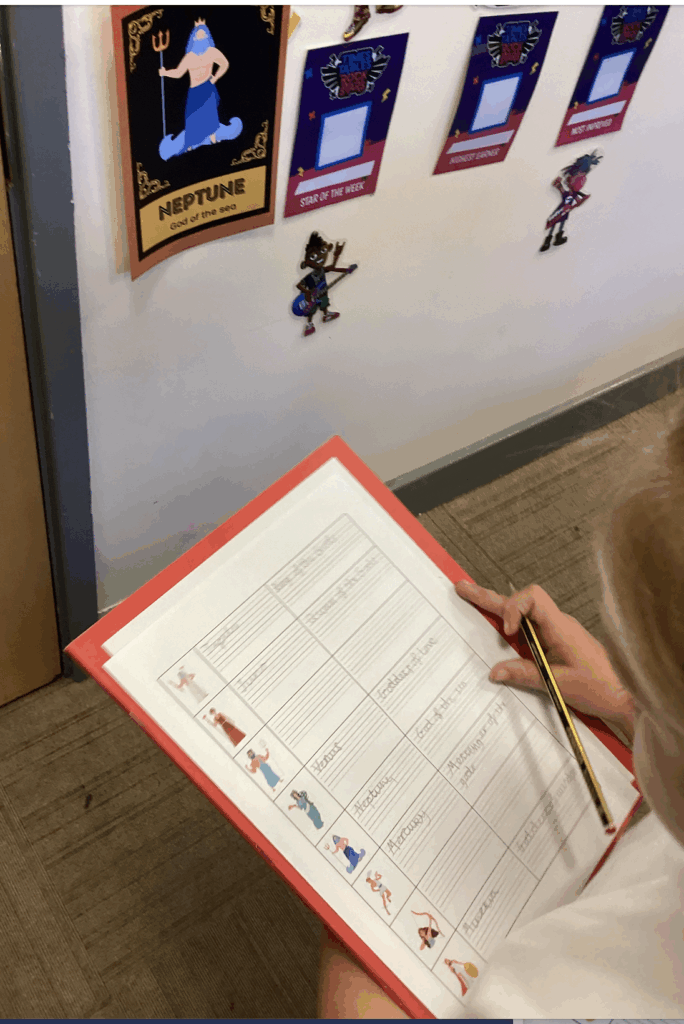
The children loved reading about why Roman invaded Britain


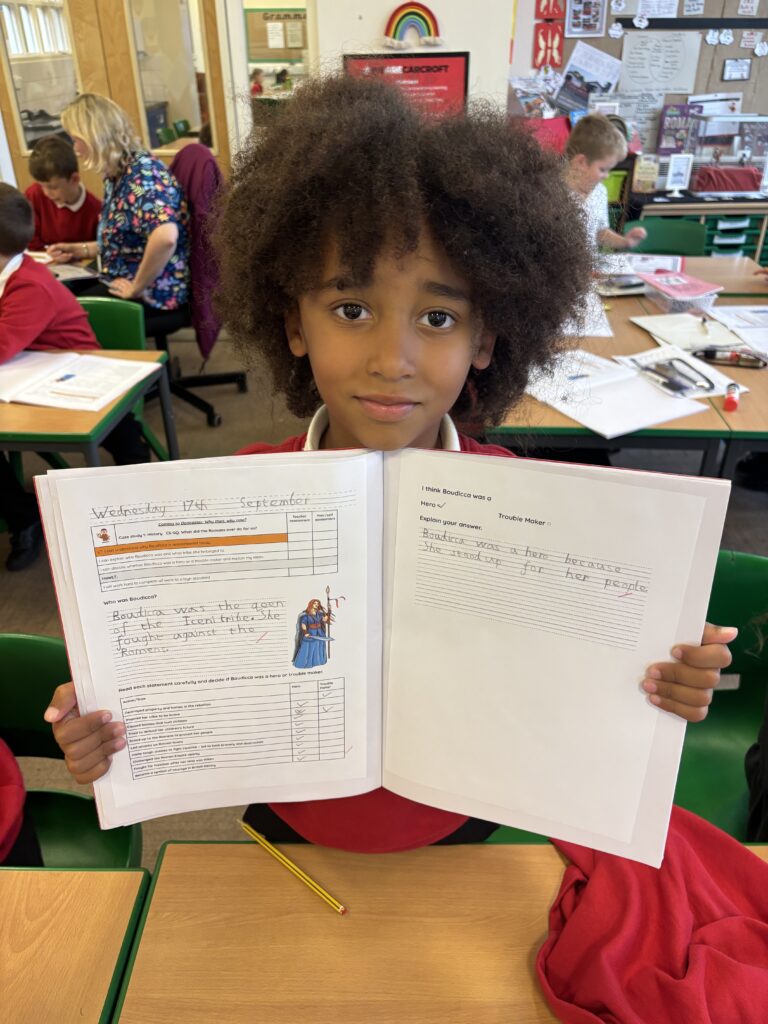

Today in expedition we learnt about Boudicca and how she fought against the Roman invasion. The children had to decide if they thought she was a hero or trouble maker. This led to a healthy debate as each child shared their opinions.